|
* with apologies to Edward Lear and his original poem, The Owl and the Pussy-Cat. Above is a Great Horned Owl, but where is the hummingbird? Be patient, it's coming. This post is a tribute to backyard photography in the time of Covid-19. None of us can get out as much as we want, and so we find our sit-spot* close to home and see who shows up. In this case it was a Great Horned Owl who decided late in the afternoon of August 17th to find his sit-spot on top of our back yard water fountain. The top of the stone fountain is a popular spot for local birds, especially in our recent summer heat. The image below shows what is probably a female with lots of water bubbling right in front of her. Why a female? Although field marks do not help distinguish males from females, females develop a brood patch on the chest/abdomen which is devoid of feathers to allow them to put their nice warm tummy right on their eggs or hatchlings. This owl has a crease down the middle, where the feather from each side meet, indicating coverage of a brood patch. Could it me a male? Well, only female Great Horned Owls incubate eggs, so no brood patch for the male of this species. My thanks to Dan Weisz for picking up this detail in the images. She was there for an hour. *Thanks to Melissa Groo and her recent online course, Bird Photography with Melissa Groo, available through the Cornell Lab of Ornithology Bird Academy, at this link. One of her tips is to find a "sit spot" where bird are active, and just sit and watch. My thanks to our son Chuck who spotted this owl from the kitchen and sent out the alert. I started with a few shots through the glass back door, then ventured around the house to the back yard. My subject was quite tolerant of my presence. I eventually found my sit-spot on a patio chair, and waited. Great Horned Owls sleep during the day, and hunt at night. [For details, I recommend Cornell's site Birds of the World, which will provide complete information and a review of past research, and is a reference for this post. However, it does require a subscription. A great alternative is All About Birds also from the Cornell Lab, which is free. ] They are nocturnal perch hunters, taking prey as small as scorpions and as large as rabbits. They will also take birds including ducks, geese, and herons. Barn Owls are also on their diet, which is why the Arizona-Sonora Desert Museum here in Tucson does not fly the two species together for their raptor free-flight exhibits. In the images above and below, our afternoon visitor demonstrates her neck agility as she checks out our backyard. Great Horned Owls can swivel their heads more than 180 degrees, more than compensating for eyes that remain fixed in their sockets. Their large talons take a force of 13 kgs to open, allowing them to sever the necks of prey. This bird was snoozing about half the time. In the image above, her lids meet halfway, and in the image below the upper lids are completely closed. Note that the upper lids have dark feathers in the center that give the appearance of pupils. There is likely a survival advantage for appearing awake during sleep. Enter humming birds. In the image below, a female Rufous Hummingbird, likely on her fall migration south from Canada to Mexico, approaches the fountain, in about the same focal plane as the owl, but to her left, and maybe a bit behind. The owl looked behind her perch from time to time, but did not seem interested in this hummingbird, or other birds in the yard. Below, a female Anna's Hummingbird decides to approach the water from the front, taking advantage of a sleepy owl. Note that female Great Horned Owls weigh on average about 1500 grams (1.5 kgs) compared to the Anna's fighting weight of 4 grams. That is a 375X advantage for the owl. (Reference: Birds of the World). In the next set of images the owl sees the Anna's and tracks her as she approaches the fountain. Fortunately for me they were in the same focal plane. This is the set of shots I was hoping for, and to get ready I moved the shutter speed up to 1/2000. Stats for the image below: Canon EOS 7D Mk II, EF 100-400 at 100 mm, f/4.5 at 1/2000 second, ISO 1600. 'The female Anna's approaches the water cautiously and eventually gets a drink, all under the watchful eye of the the owl. The Anna's backs off, meeting her everyday goal of getting some dinner without being dinner. The owl seems happy to have a place to sit with lots of water to drink, and maybe thinking of larger entree's for later that evening. Some prefer to dine late. That's it for a bit of backyard birding during the pandemic. Stay safe, stay well! Happy Trails! [Posted 8/24/, updated 8/25/2020] Many thanks to Jeff Babson, Stephen Vaughan, Tom Richardson, and Dan Weisz for their review of selected images, help in hummingbird identification and sex identification of the owl.
9 Comments
I usually begin each blog post with one of my better bird photos to get you hooked, click on the link and start "turning the pages." However, today I felt the best intro was to show you a new addition to an otherwise quiet Summerhaven; one of many new warning signs the county put up in late July. With the exception of the green island that is Summerhaven (the map looks like Italy on support hose), much of what we love in the Catalinas has been burned. Not a moonscape, rather most of what we see from the road is charring from ground fire, with tall green trees still in abundance, and some greening on the ground occurring even now. The forest will come back, it is just not ready for visitors yet. As of this writing, The Coronado National Forest is closed until November 1, 2020. The burned areas are not safe for hiking, and flash flooding is a real risk. During the month of July Summerhaven has been open only to residents, but is open to the public beginning Saturday August 1st. The delay was to allow time for crews to repair certain critical guard rail posts. This first phase was complete by Friday July 31st, with the second phase continuing into August while the road is open to traffic. So come on up! Stop for lunch at one of the many restaurants, and sample the fudge at the general store. What follows is a sampler of birds in the village after the fire, beginning when residents could return in early July. The regulars are still here, with more warblers taking advantage of insects in the understory and water in the creek. Here are a few. Red-faced WarblerRed-faced Warblers winter in the mountains of Mexico, and breed in southern Mexico, Arizona and New Mexico. We are very fortunate to have them in SE Arizona for the summer. They seem to like riparian areas around Sabino Creek and in Rose Canyon, where they forage in the conifers and understory and nest in the ground. We have seen more of them this year in Summerhaven, perhaps due to loss of habitat and food in Rose Canyon and other habitats after the fire. I hope Summerhaven's green island will attract and keep the populations thriving on Mt. Lemmon. The females look similar to the males, but are a more orangish-red. I believe all the birds we see here are males. All images here were captured relatively low in the understory near Sabino Creek on private land, not far from the water department. In the image below we see a male feeding off of insects on the understory. Note that the leaves have galls hanging from their underside, the plant's response to flies or wasps laying eggs in the plant tissue. As the eggs mature, they will likely produce more food for the birds. [Thanks to Jeff Babson for the botany lesson!] And, a final view of a male, striking an appealing pose. Black-throated Gray WarblerThe Black-throated Gray Warbler, as the name describes, is black and gray, with a black throat in the male and more muted throat markings for the female, with two characteristic yellow spots just above and in front of the eye on each side. These warblers breed in pine and mixed pine-oak forests west of the Rockies from SE Arizona into southern Canada. They winter in southern Mexico. Their song is described as a buzzy zeedle zeedle zeedle zeet-chee. They forage for insects and nest in trees, anywhere from 3 to 35 feet above ground. Like the Red-faced Warblers, I have seen more of them in Summerhaven this summer, in the pines and understory around Sabino Creek, again likely a result of the Bighorn Fire. Image above, a nice pose facing away, but looking back at the camera, showing off his/her yellow spot. Below, "here's looking at ya'" with both yellow spots in evidence. In the series of images below, a female is bathing in the creek, adjacent to Sabino Canyon Parkway. And, preening to take full advantage of the bath . . . . . Finally, clean and fluffy. Painted RedstartLike the Red-faced Warbler, the Painted Redstart is considered a specialty of the borderlands of the southwest. They are warblers who live year round in the mountains of central Mexico, but travel north into SE Arizona and western New Mexico to breed. They favor mountainous riparian areas making Sabino Creek and Rose Canyon a perfect match. As with our other two species in this post, the Bighorn Fire has displaced them from favored habitats, bringing more of them into the Summerhaven area. The bird above was photographed in Summerhaven close to the creek. Painted Redstarts are striking birds with bright red breasts, black and white wings, and a distinctive half eye ring. They forage by flashing their white wing patches and outer tail feathers, flushing out insects which they then pursue and capture. This summer we have had two juveniles hanging out at our feeders, not far from the creek, but definitely out of their usual foraging neighborhood. The bird shown below has minimal red in the breast, characteristic wing markings and a developing half eye-ring. He seems to think he is a feeder bird, maybe a hummer, as he explores the nectar feeder. The bird below is developing a red breast, but also wonders if a seed block is right for lunch. He tried pecking at it several times, but was quickly scared off by a possessive Pine Siskin. The juvenile below landed on our railing and deck, and almost flew into the cabin. Here we see a sequence of observation and hopping about as he sizes up the world around him. In the images below we see an adult in typical foraging behavior flashing the wings and tail. The final image below shows full wing and tail deployment as he hopes to scare up some bugs. Abert's SquirrelWe looked at some adult Abert's Squirrels in my October 2019 post, see this link. Here are two juveniles on July 22nd, tussling with each other about 20 feet off of the ground. Abert's are small tree squirrels that live from the Rocky Mountains south into Mexico, with a population living year round here on Mt. Lemmon. They like cool and dry ponderosa pine forests, where they feed on the seeds and pinecones. They are excellent climbers and can hold onto a tree with their hind feet, freeing up their fore feet for eating. Here we can see juveniles practicing their tree skills. Their feet are evident in these images. Holding onto the tree sideways is not a problem for these fellas. Adults can hang upside down from their hind feet alone. These offspring likely were born here in Summerhaven, and are not migrants from the fire. That's all for now. Soon we will start seeing birds stopping over in the village on their way south. We are already seeing Rufous Hummingbirds at the feeders, on their way to Mexico from the Pacific Northwest and Canada. Stay tuned! Happy trails! |
AuthorHenry Johnson, photographer and author of this site. For more detail, see About
Categories
All
Archives
July 2024
|
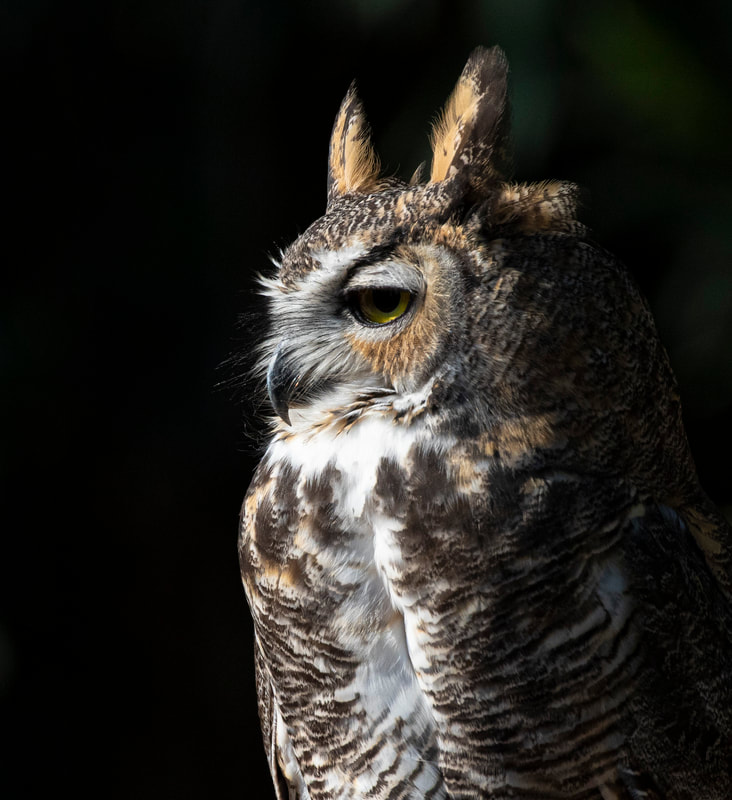
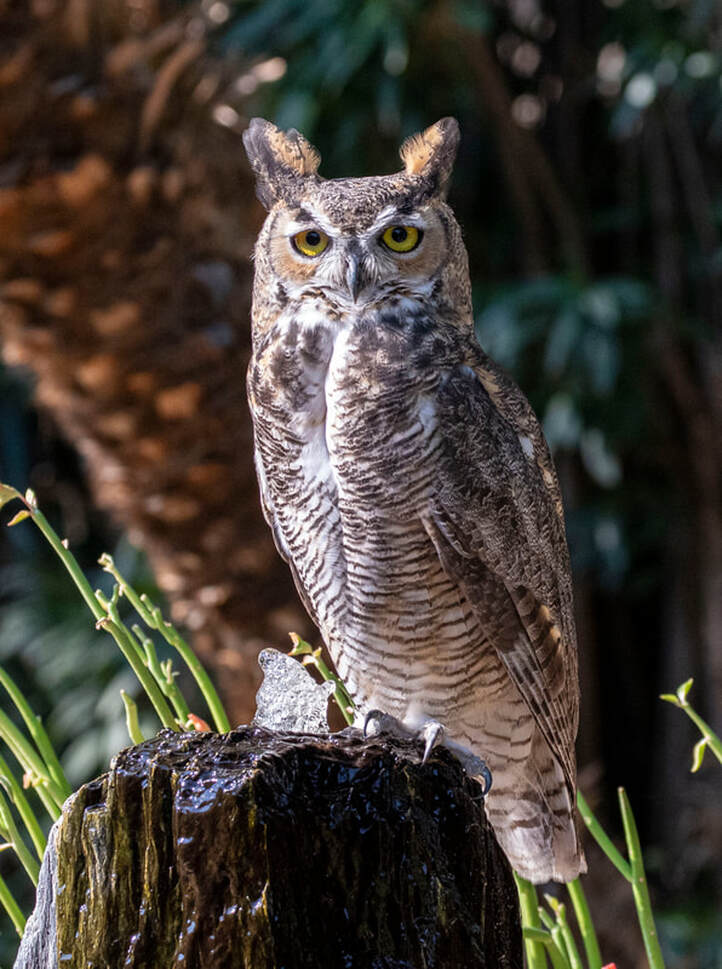
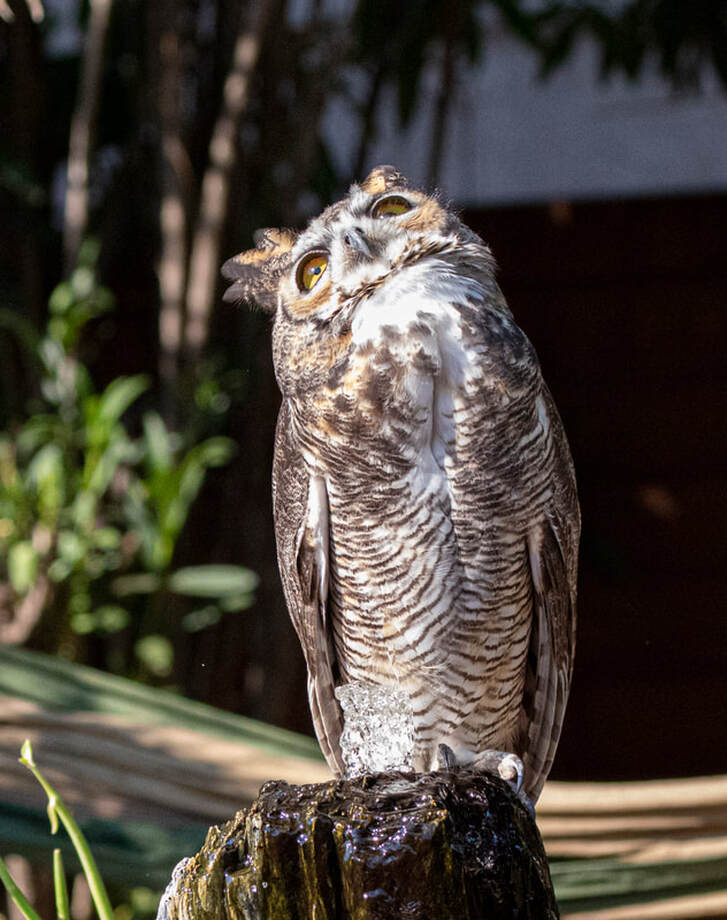
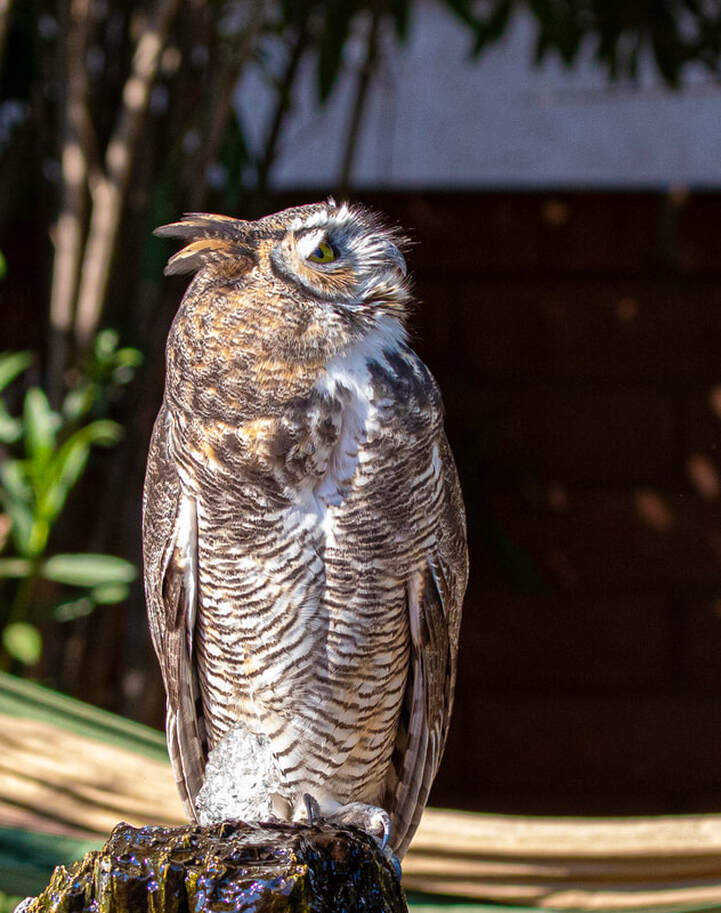
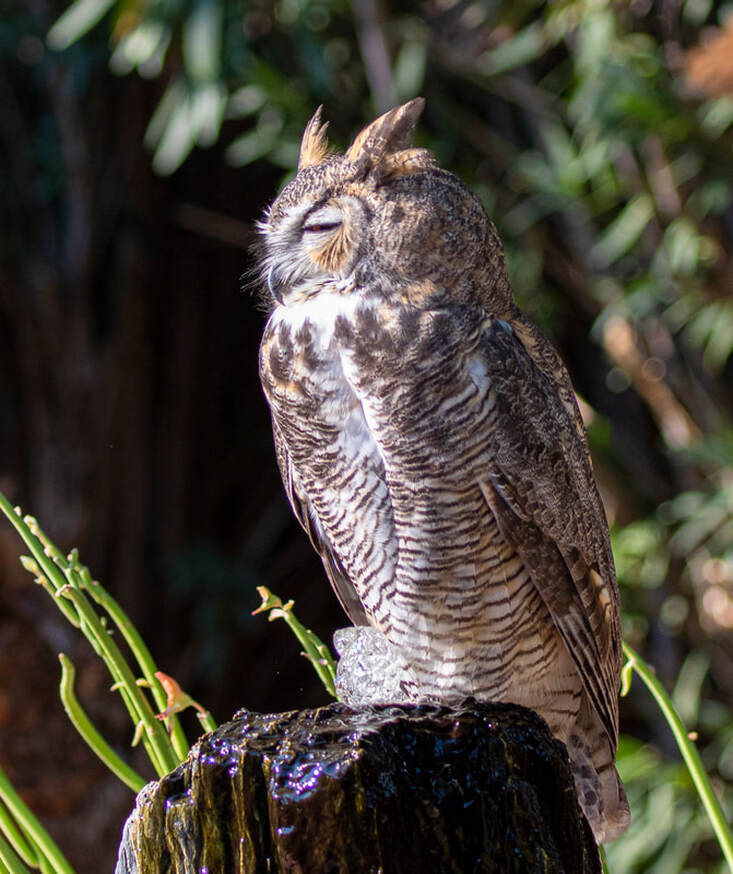
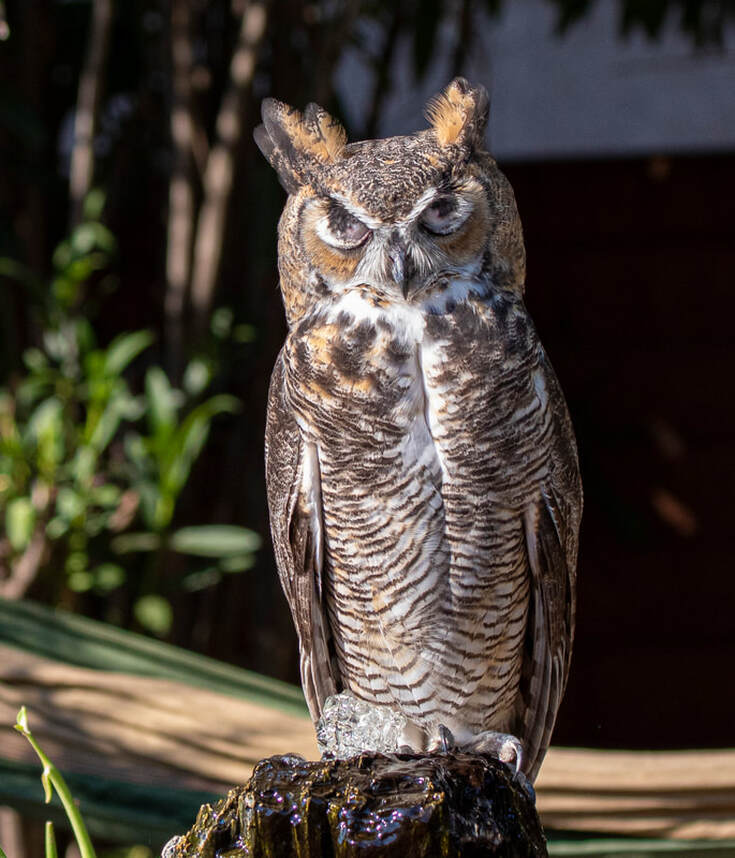
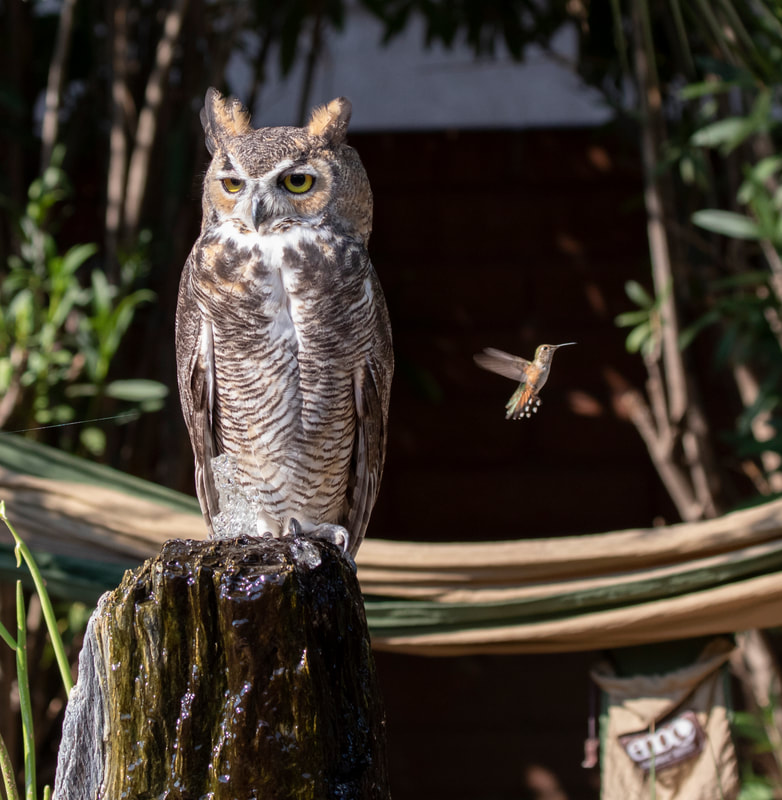
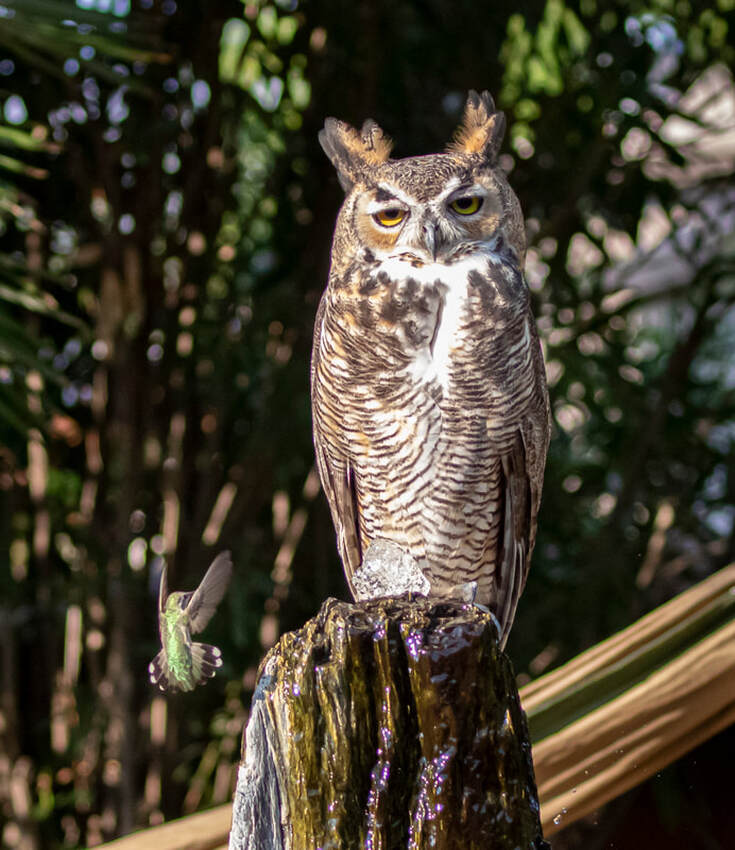
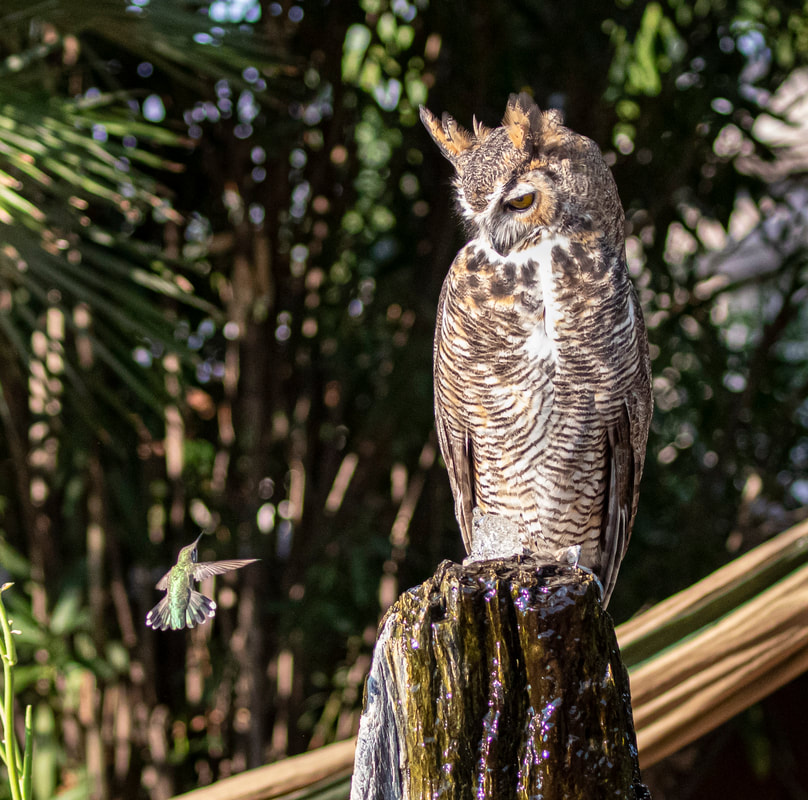
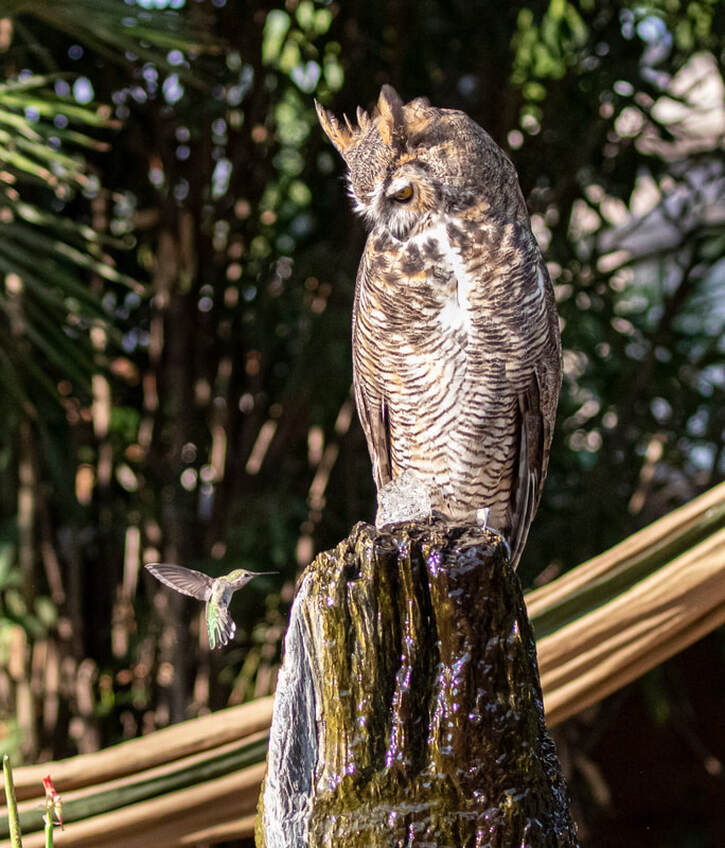
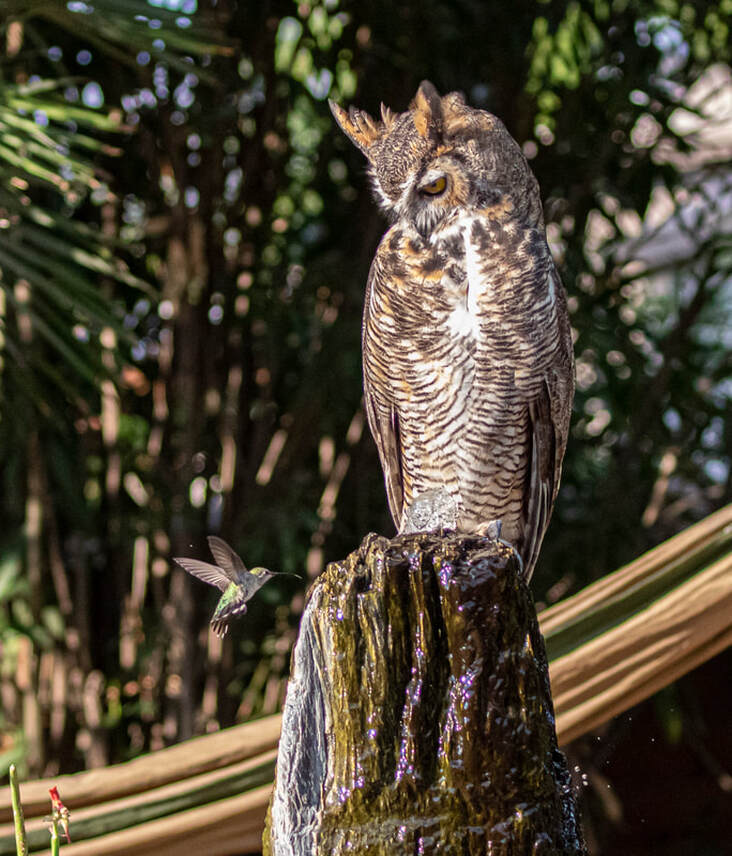
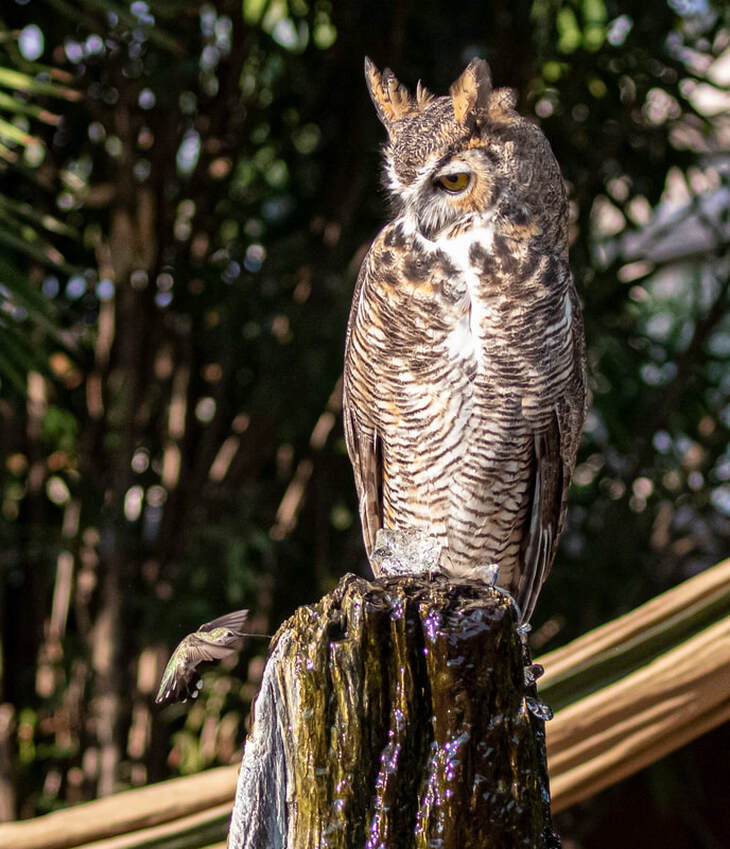
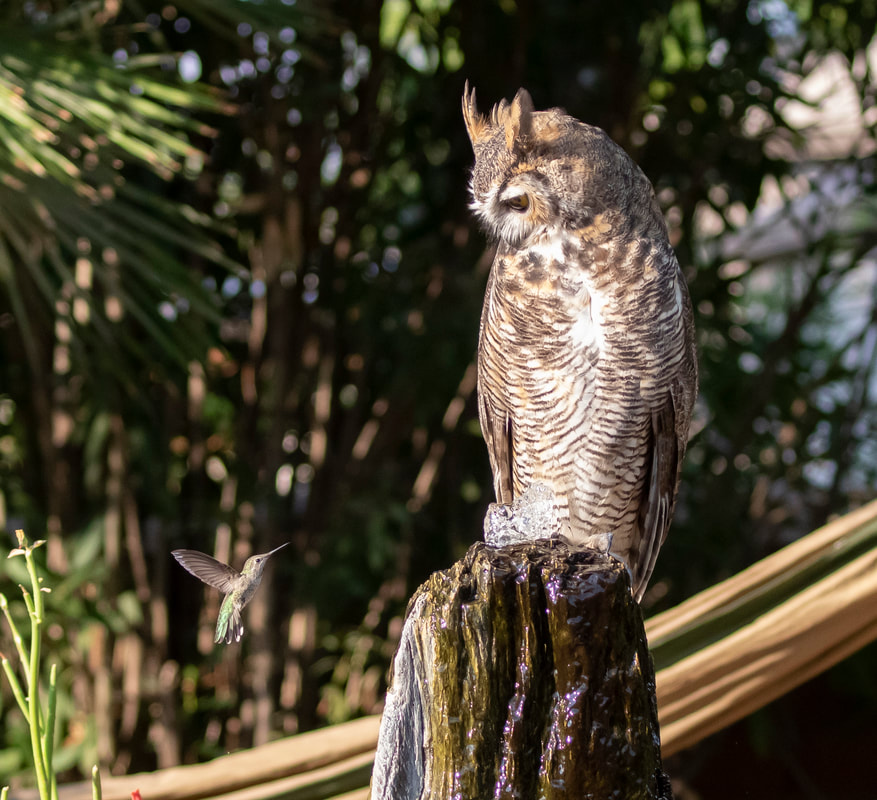
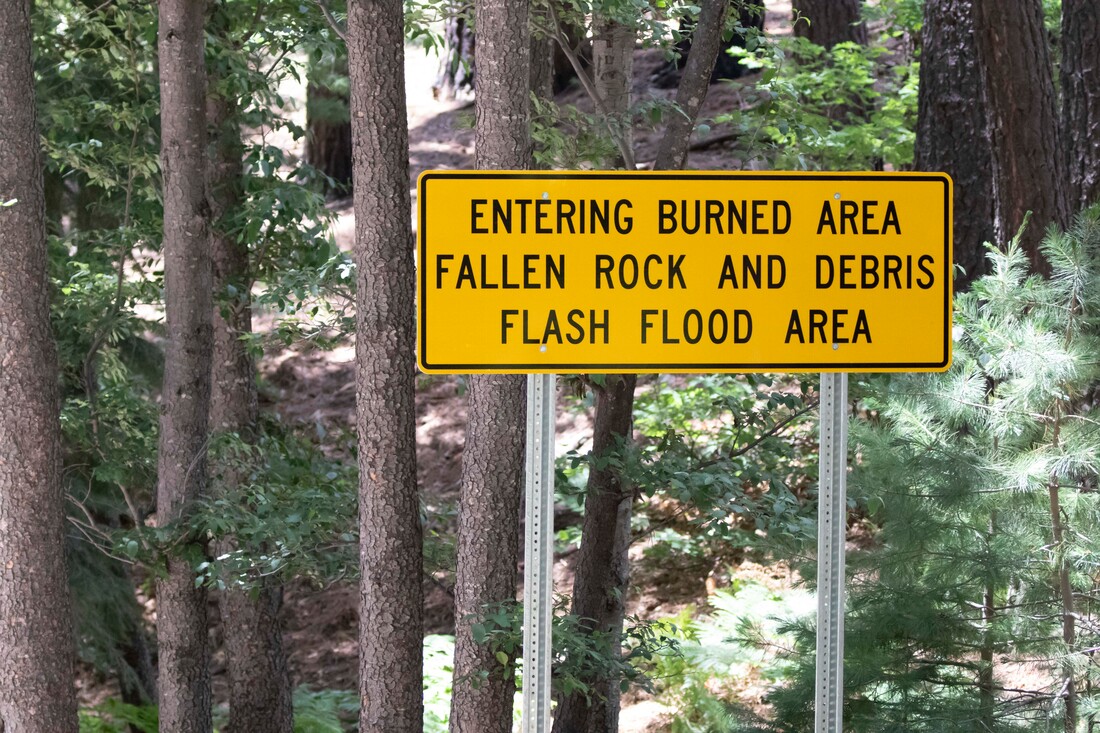
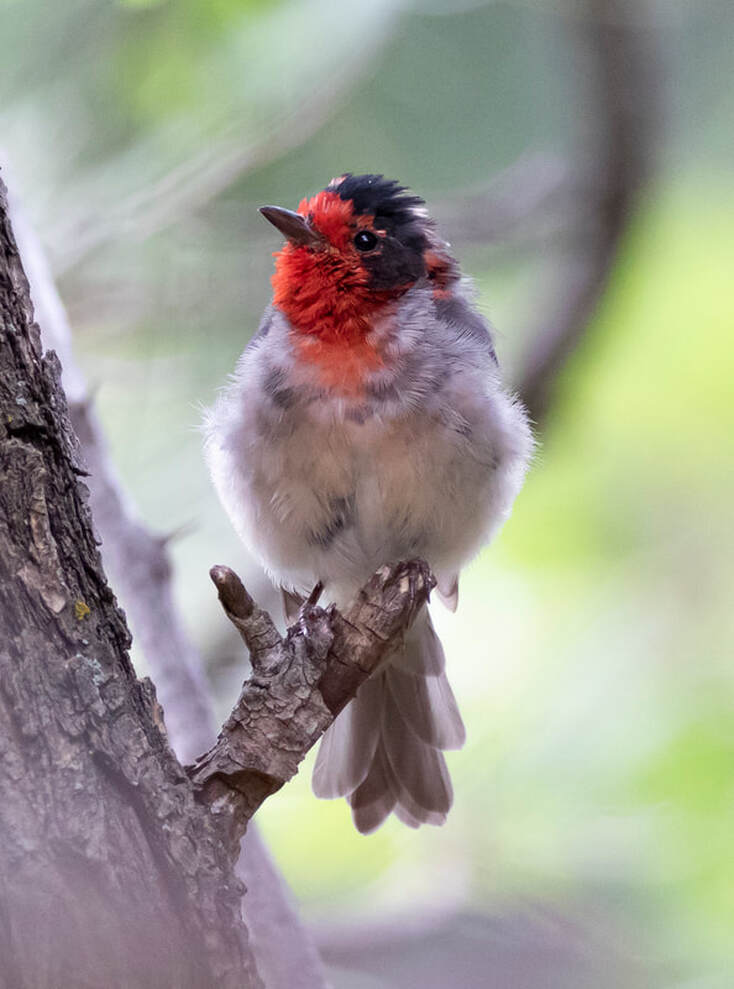
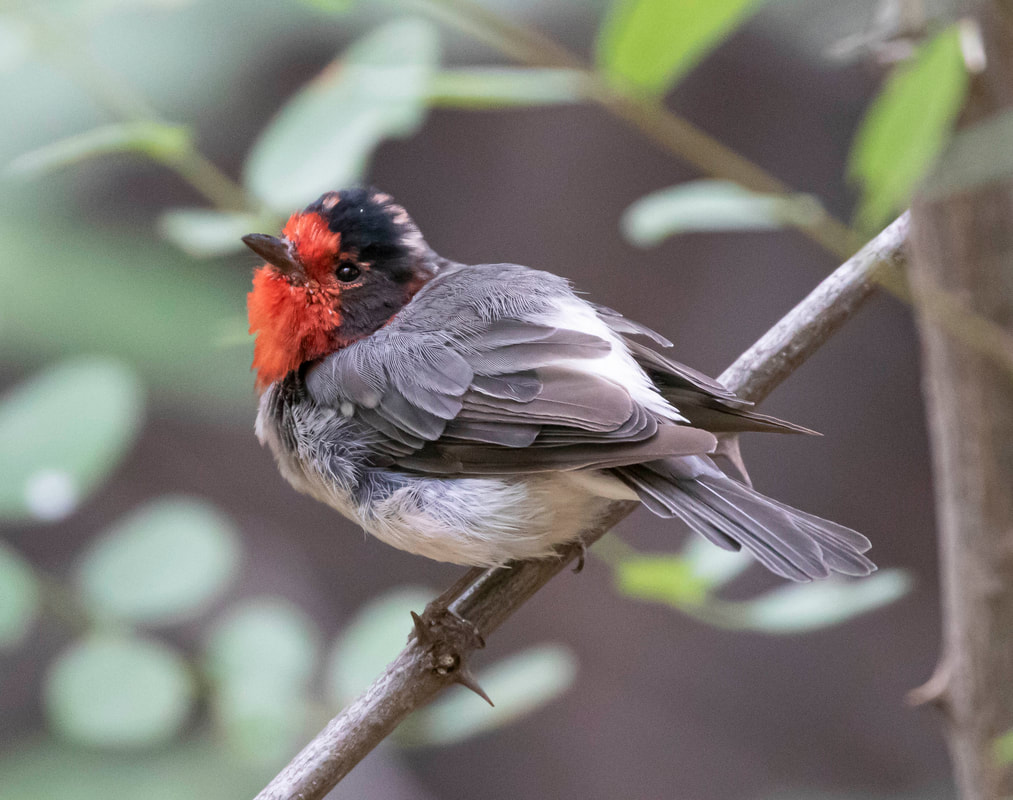
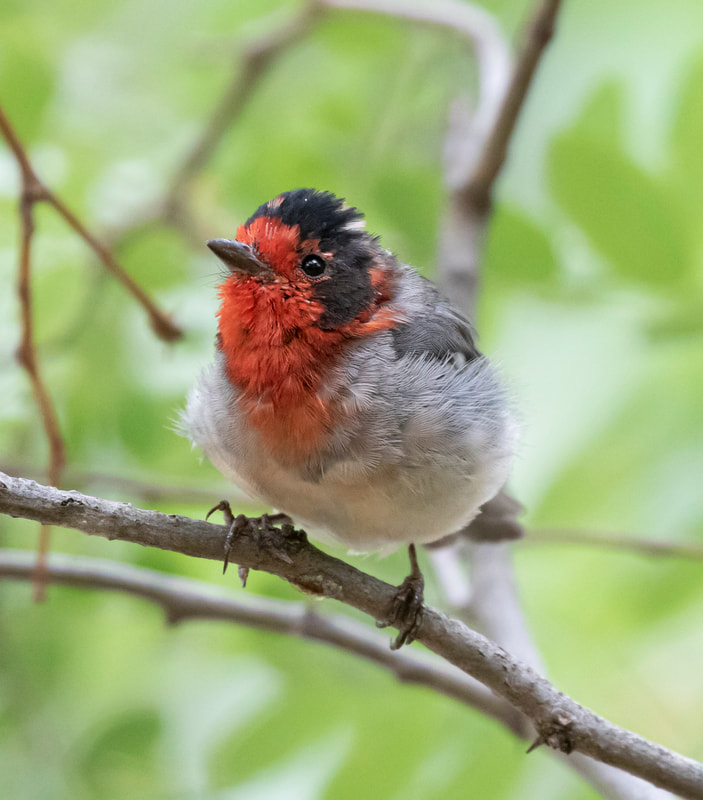
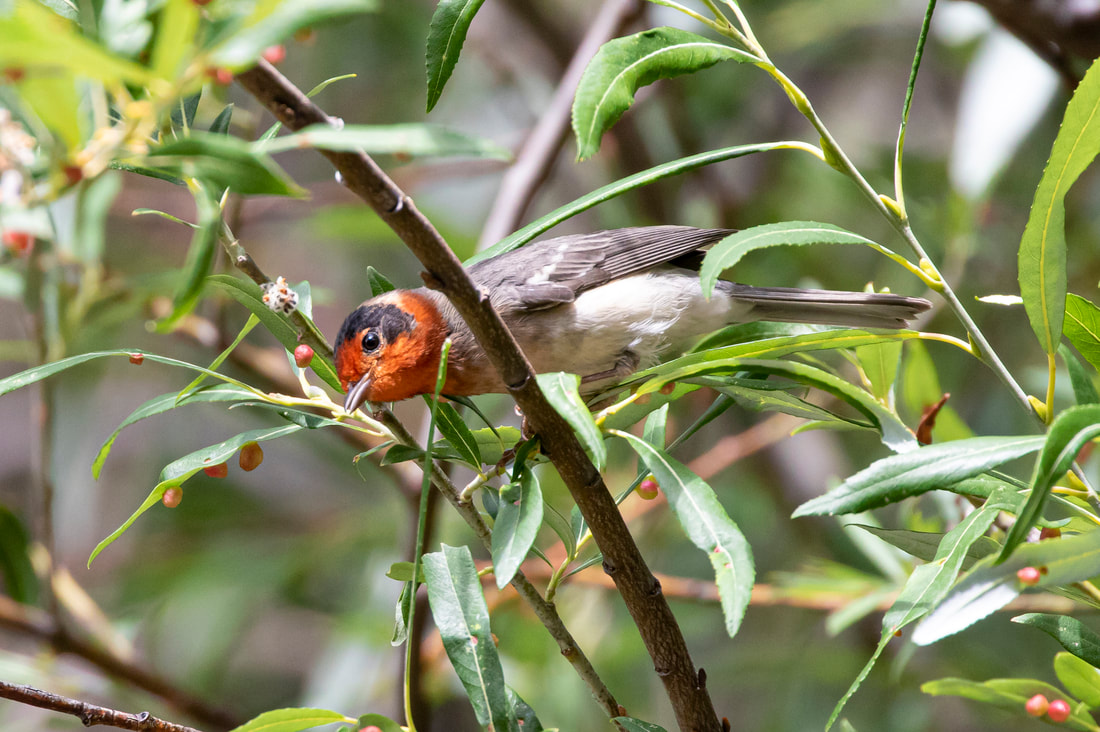
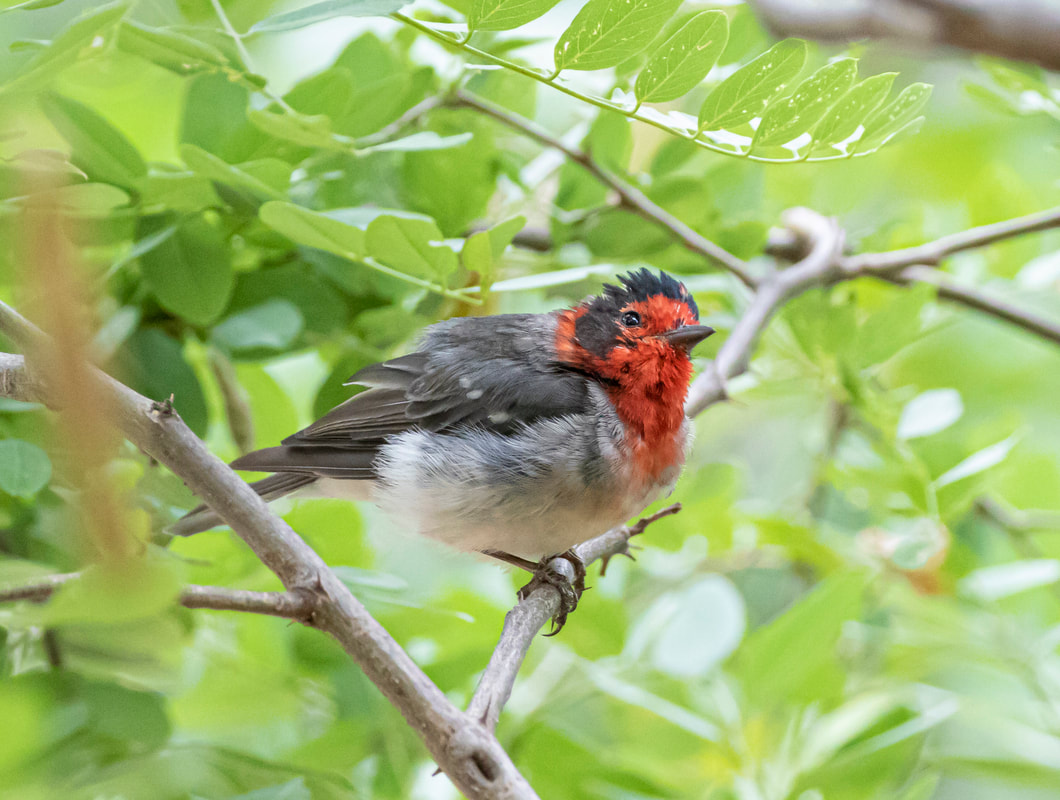
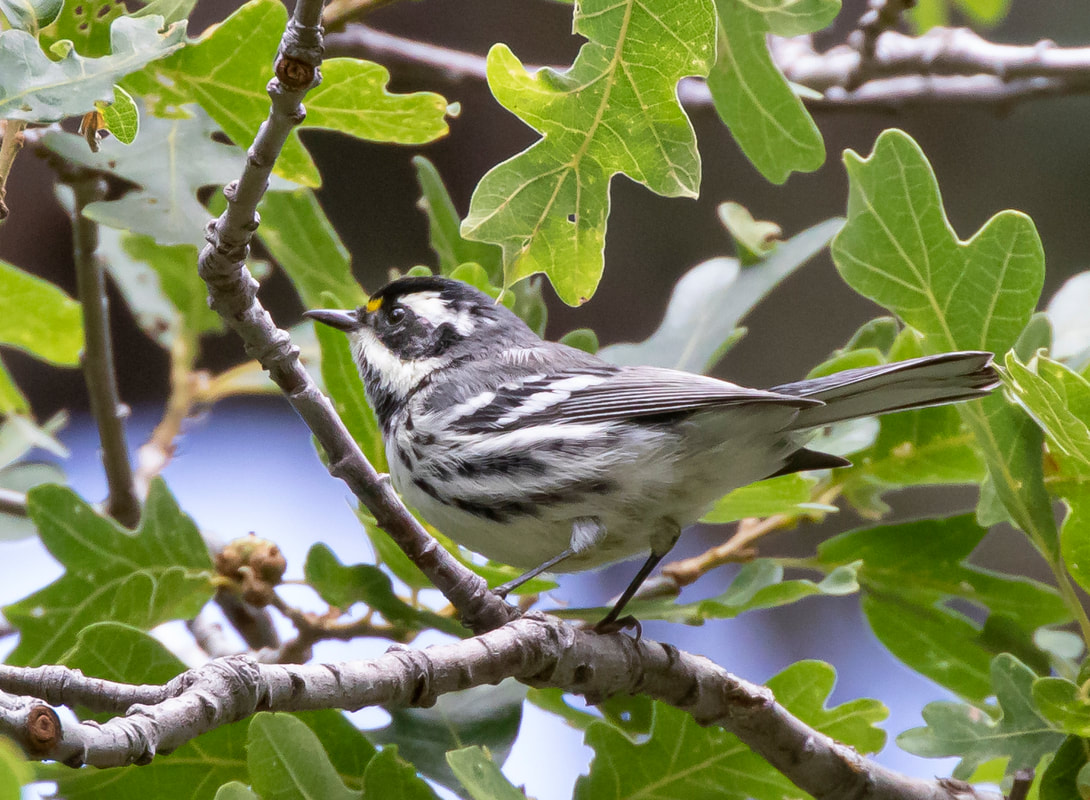
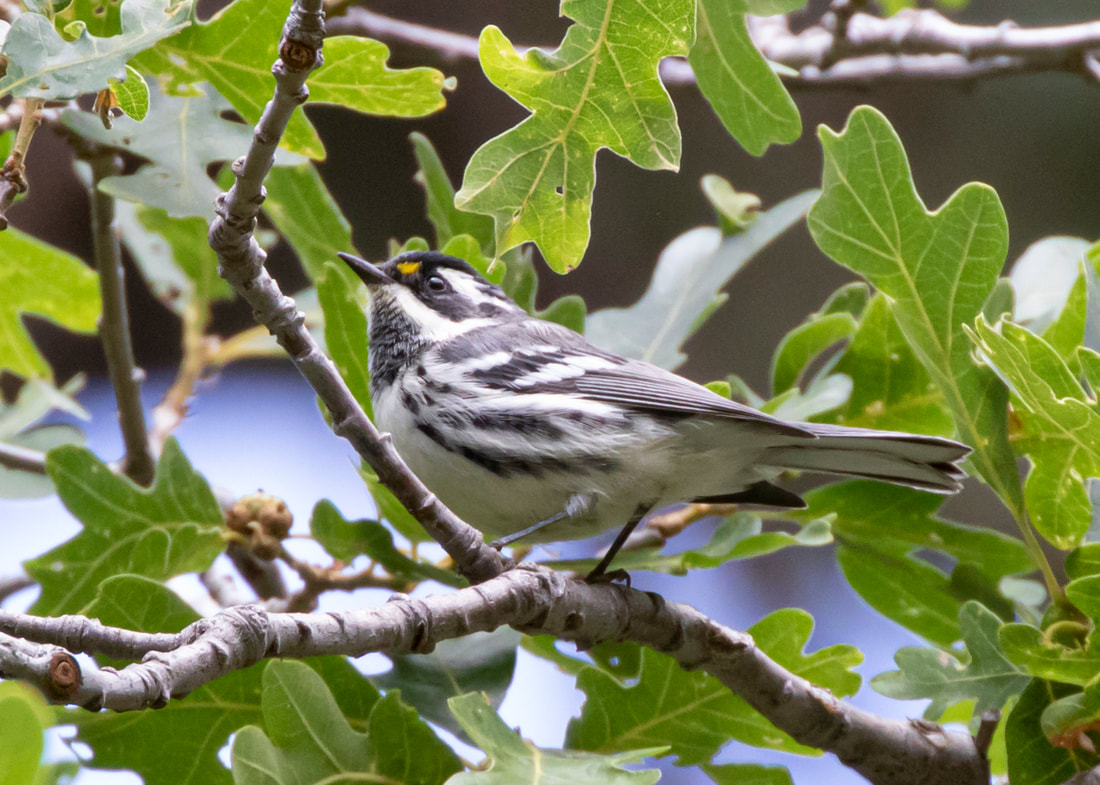
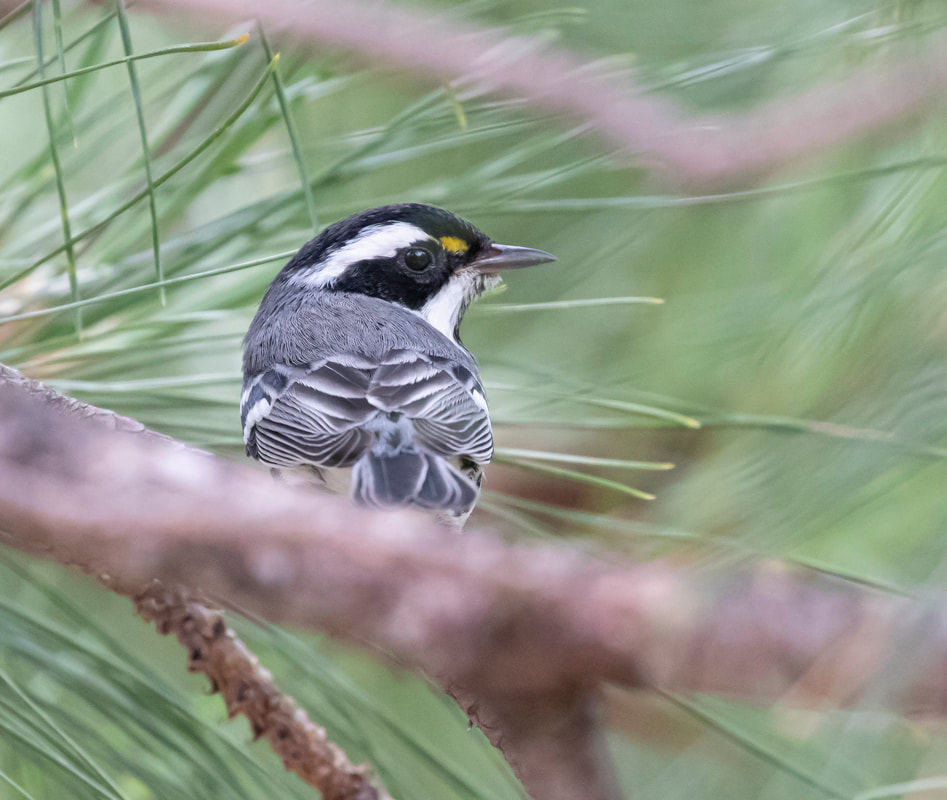
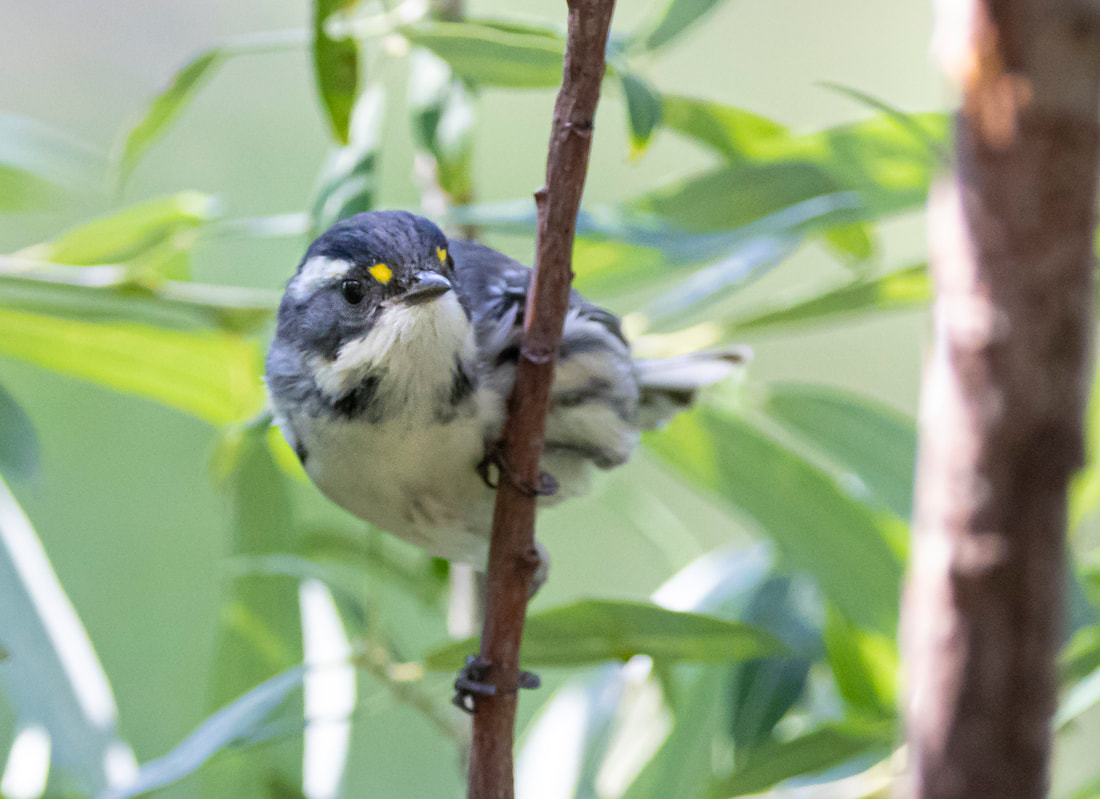
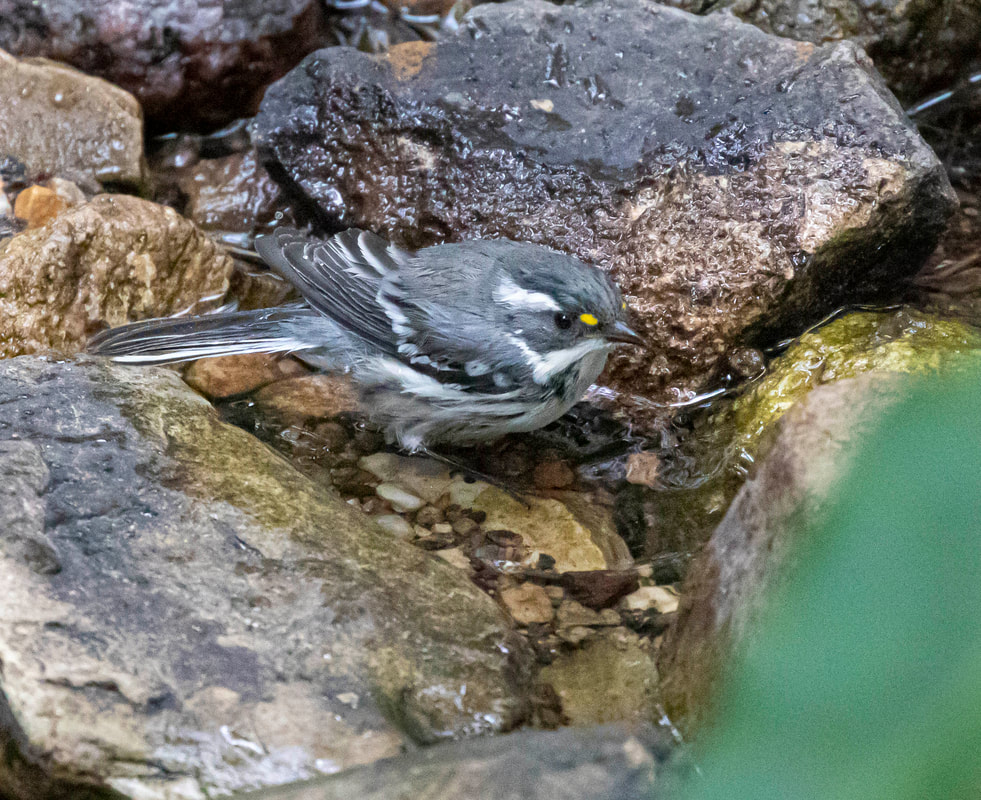
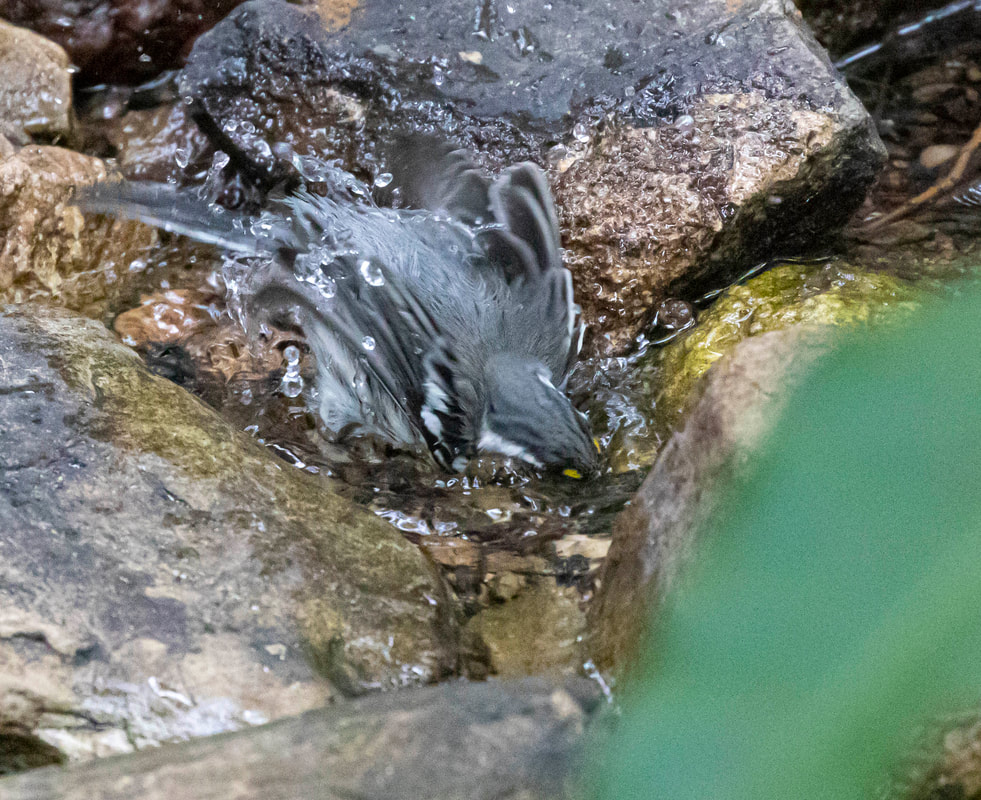
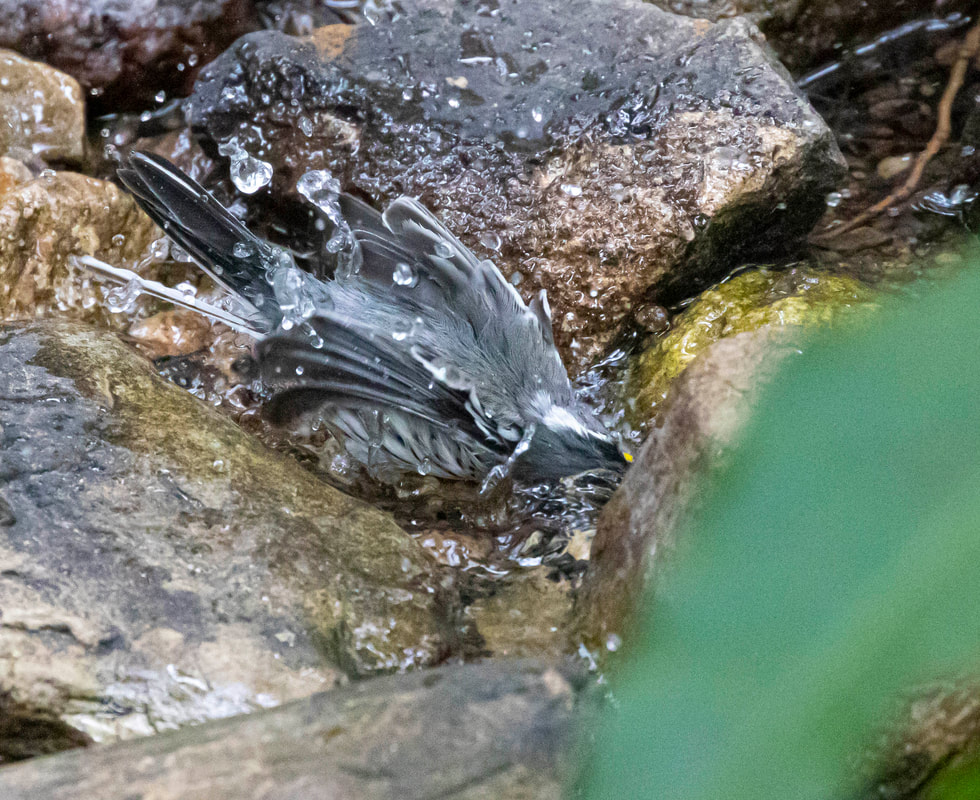
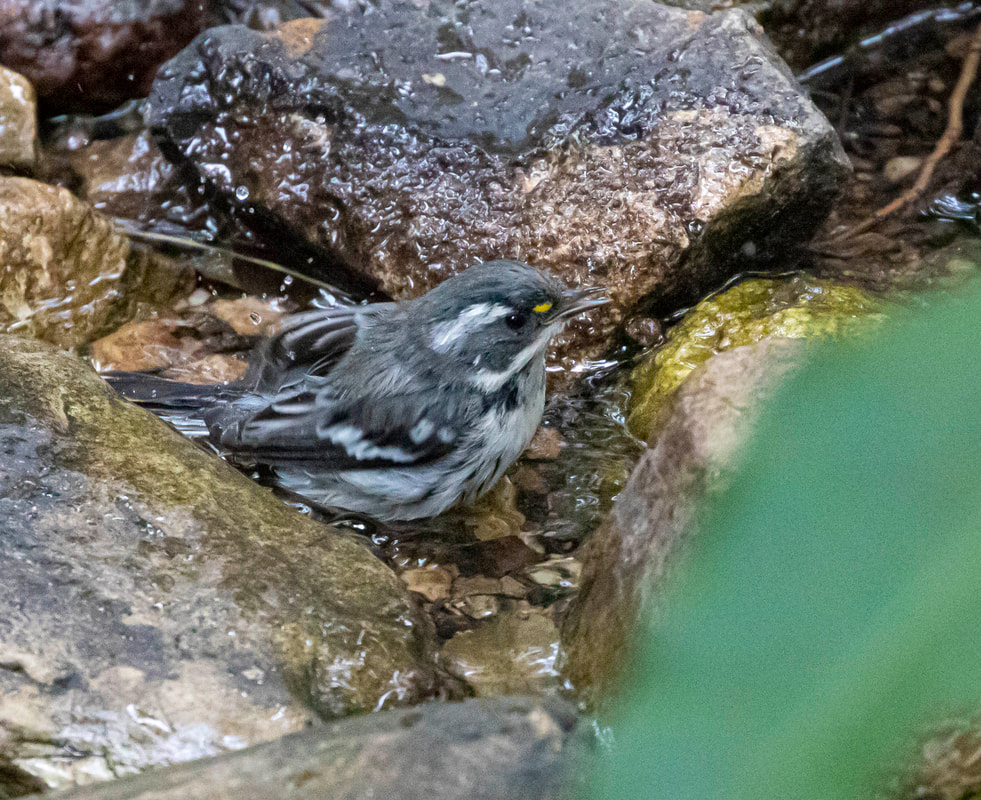

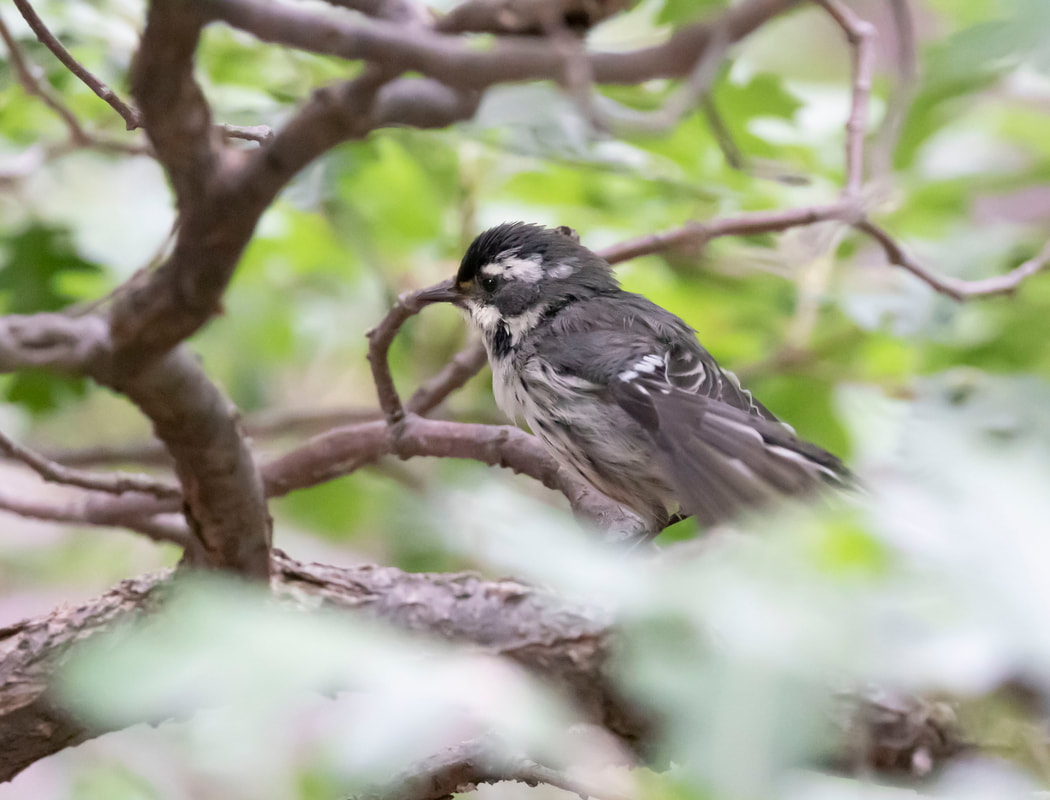
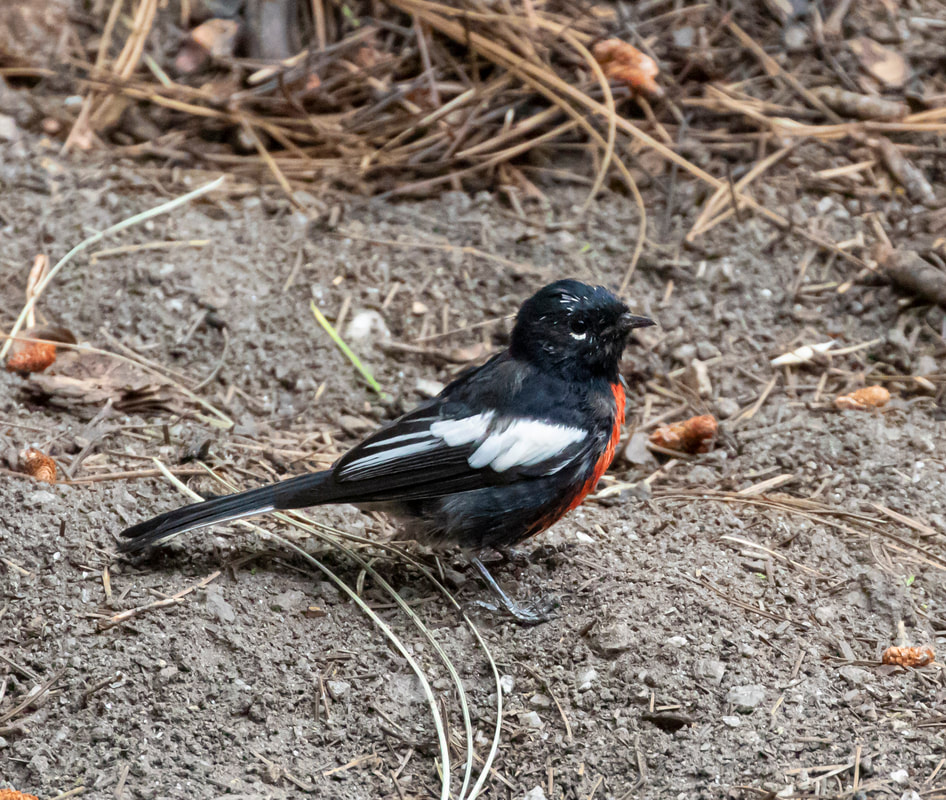
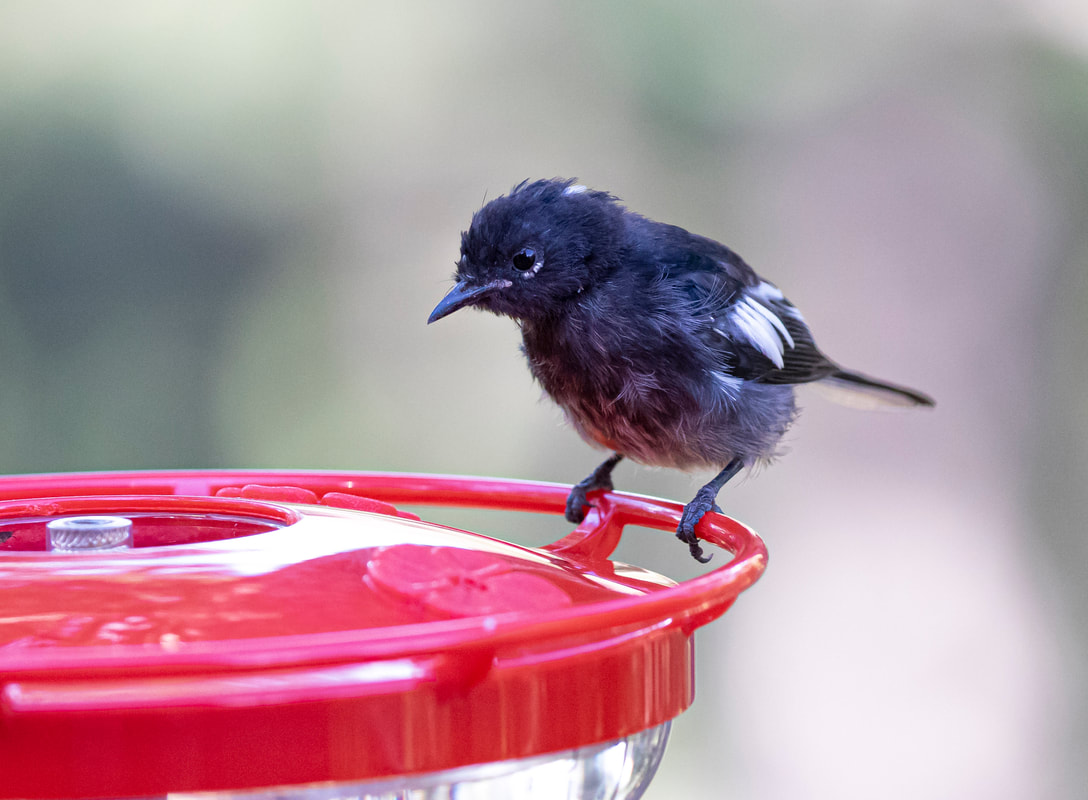
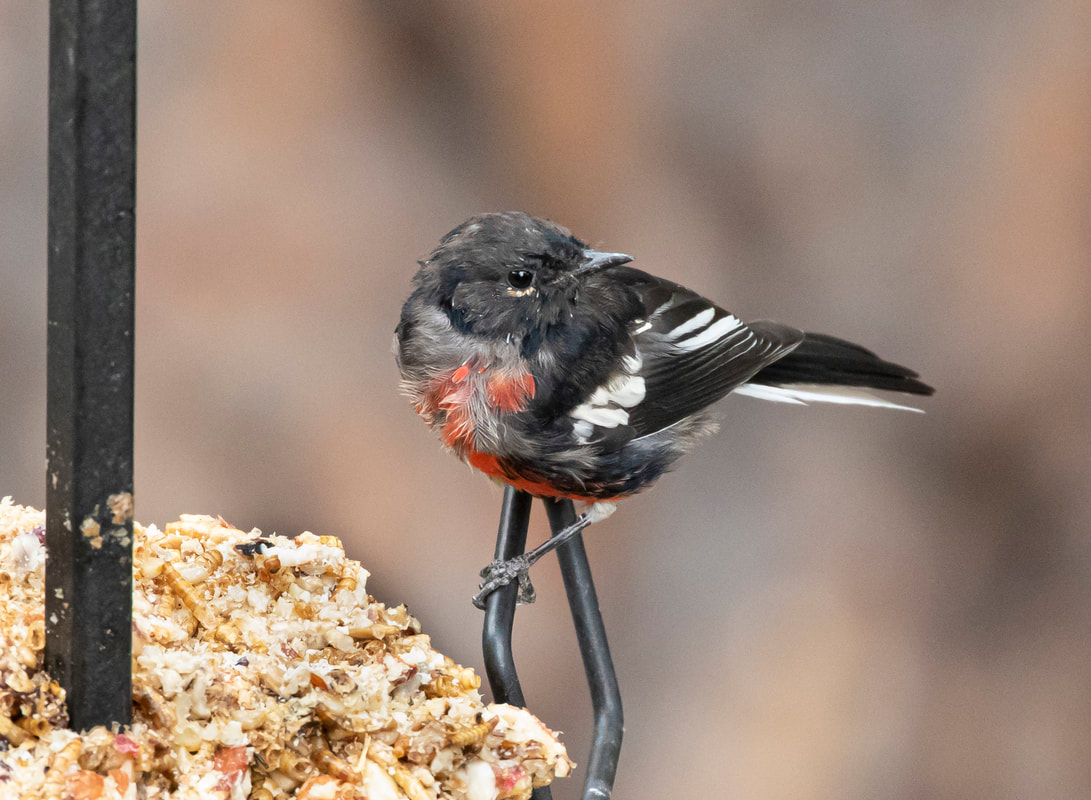
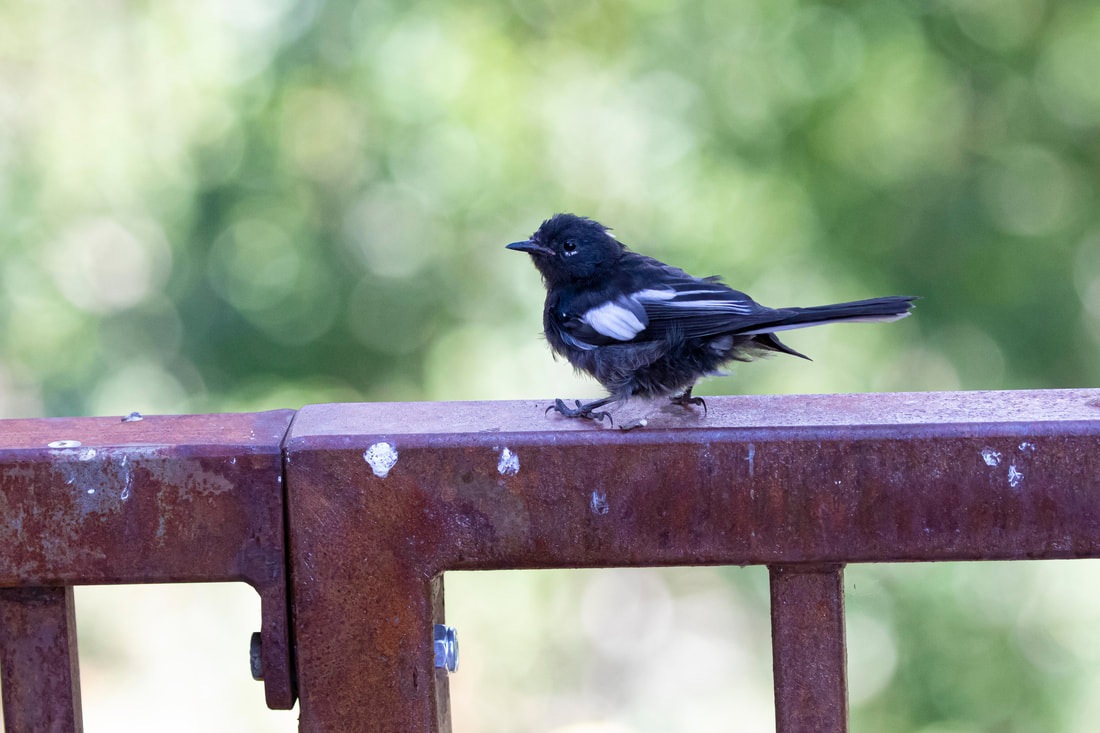
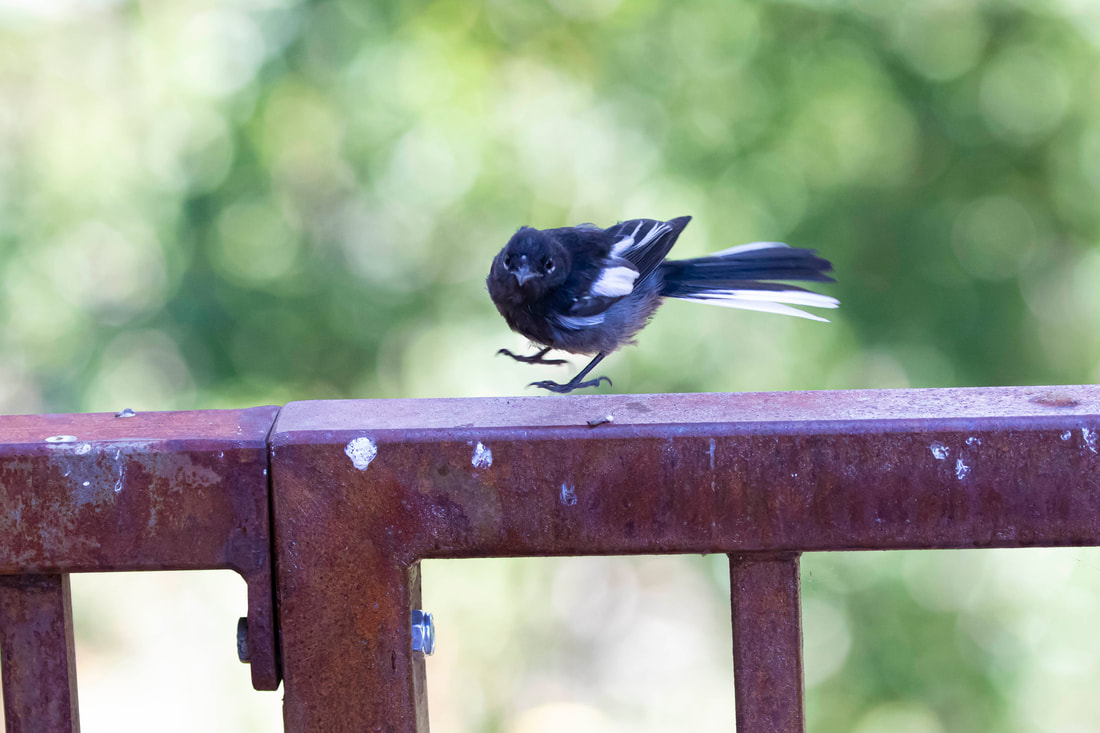
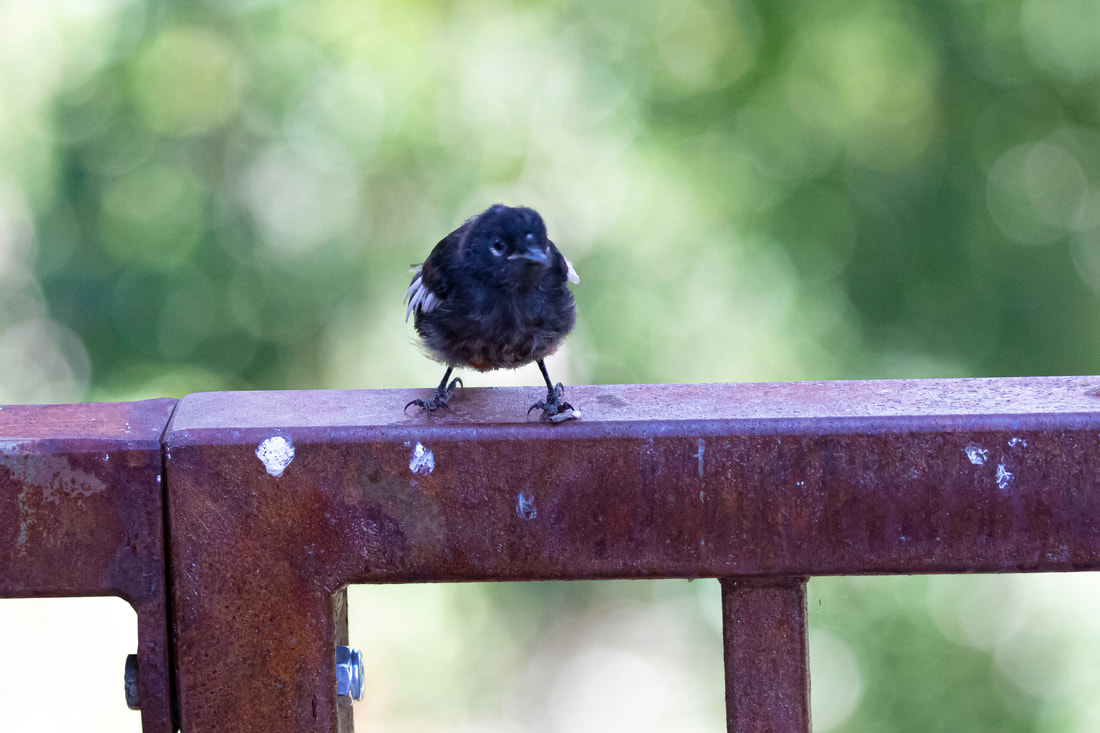
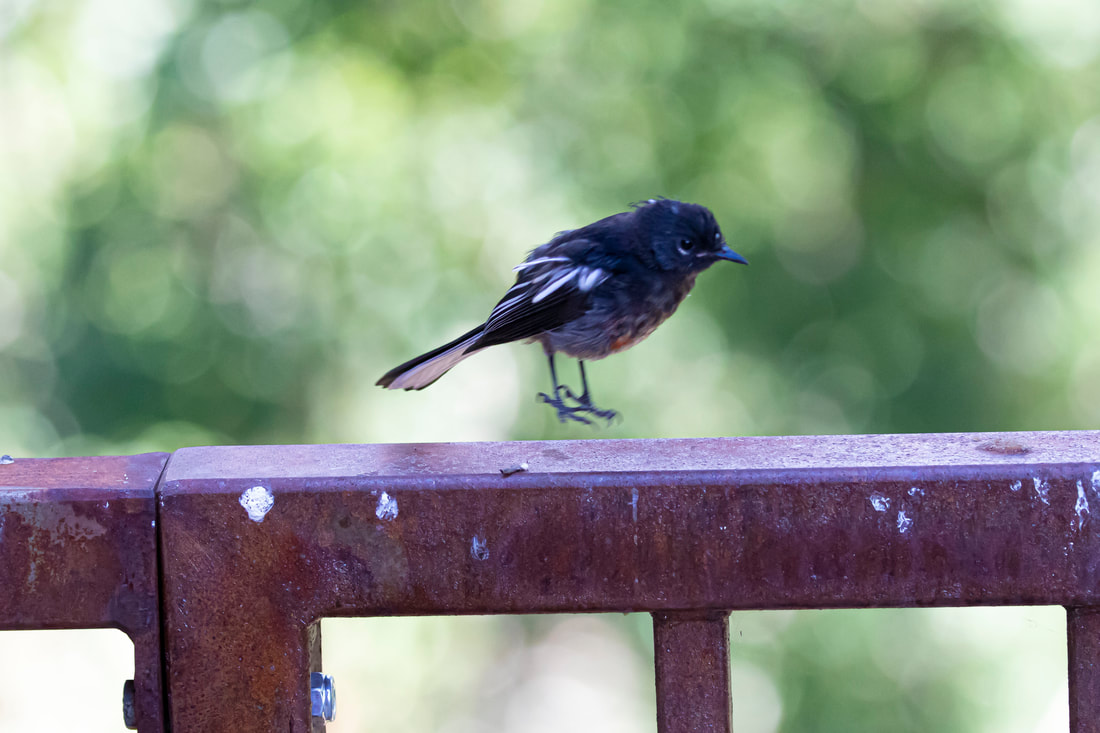
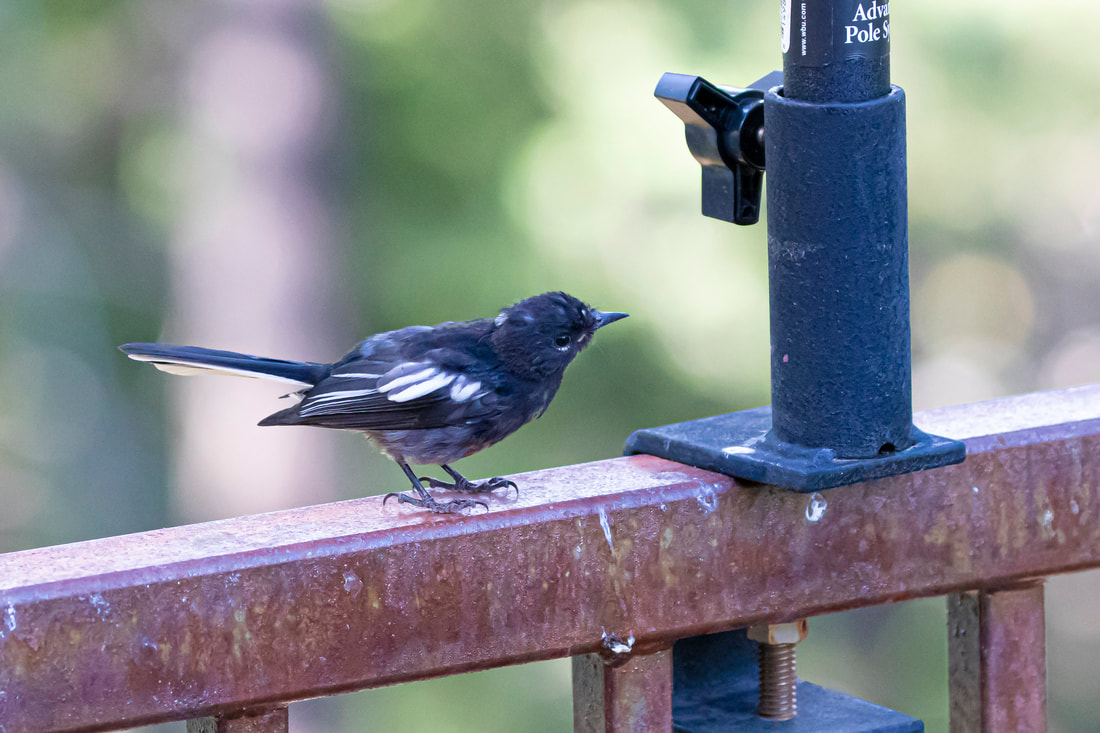
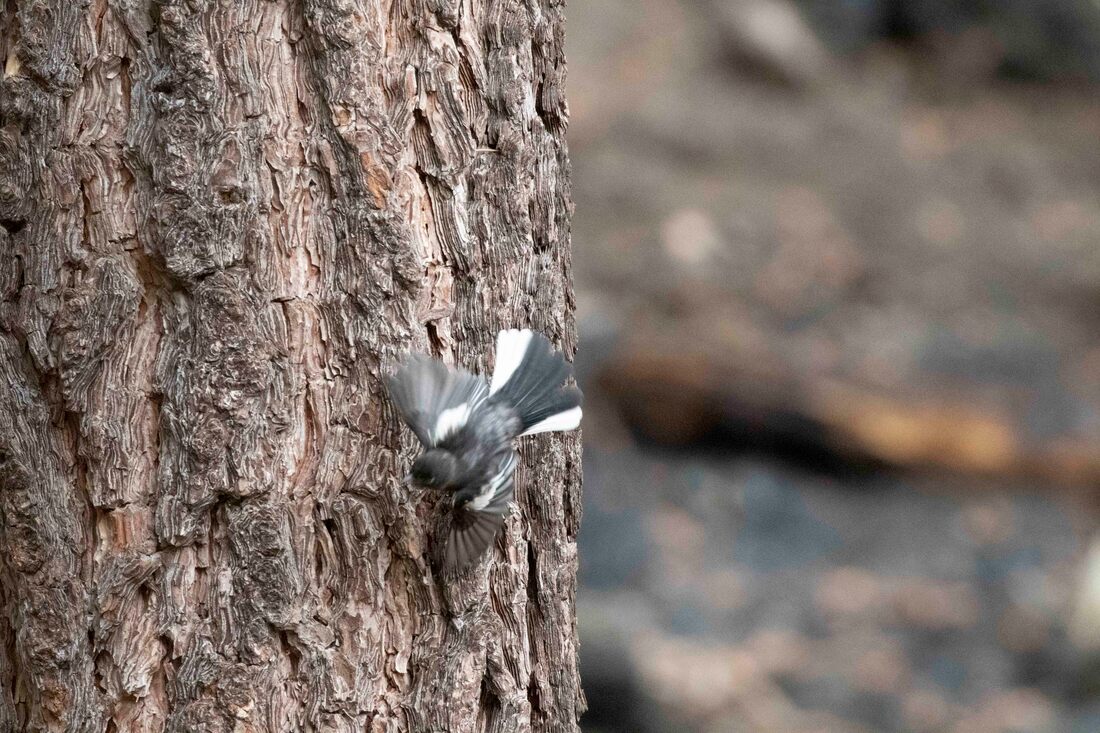
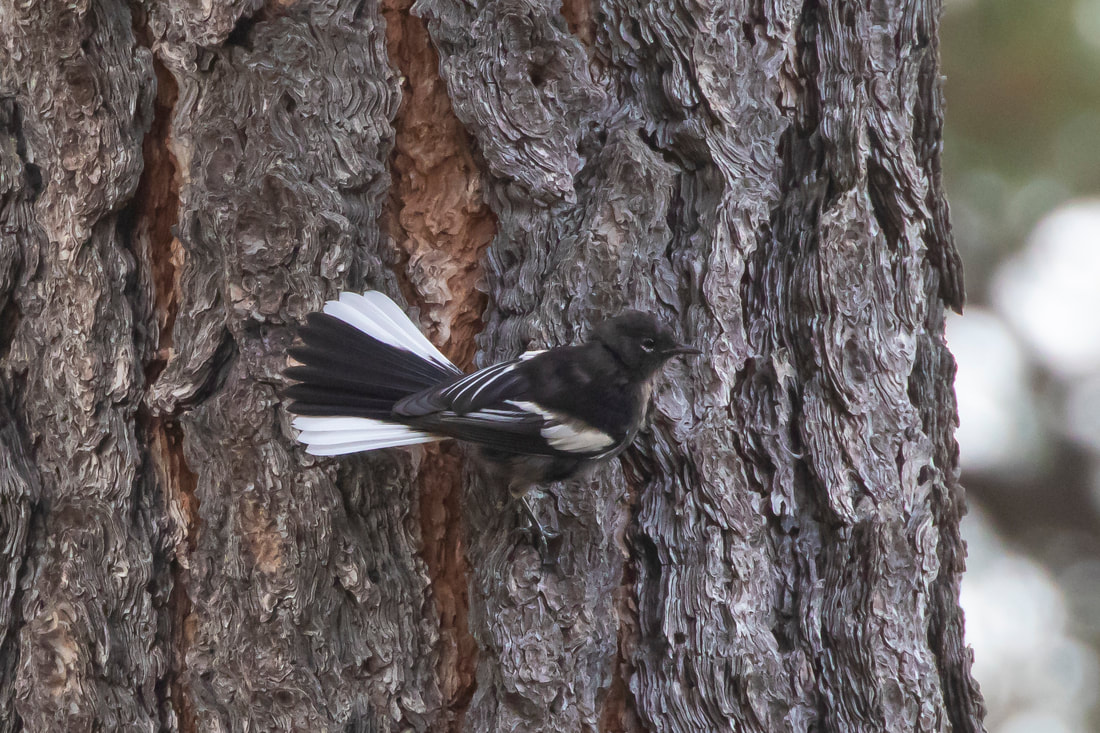
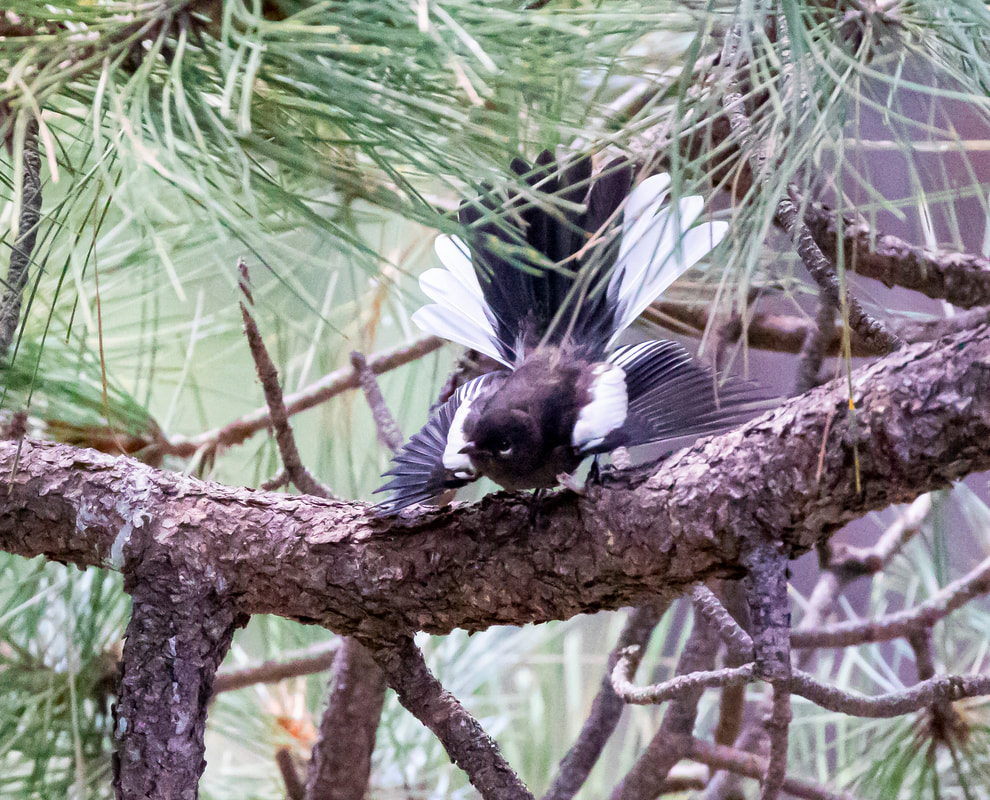
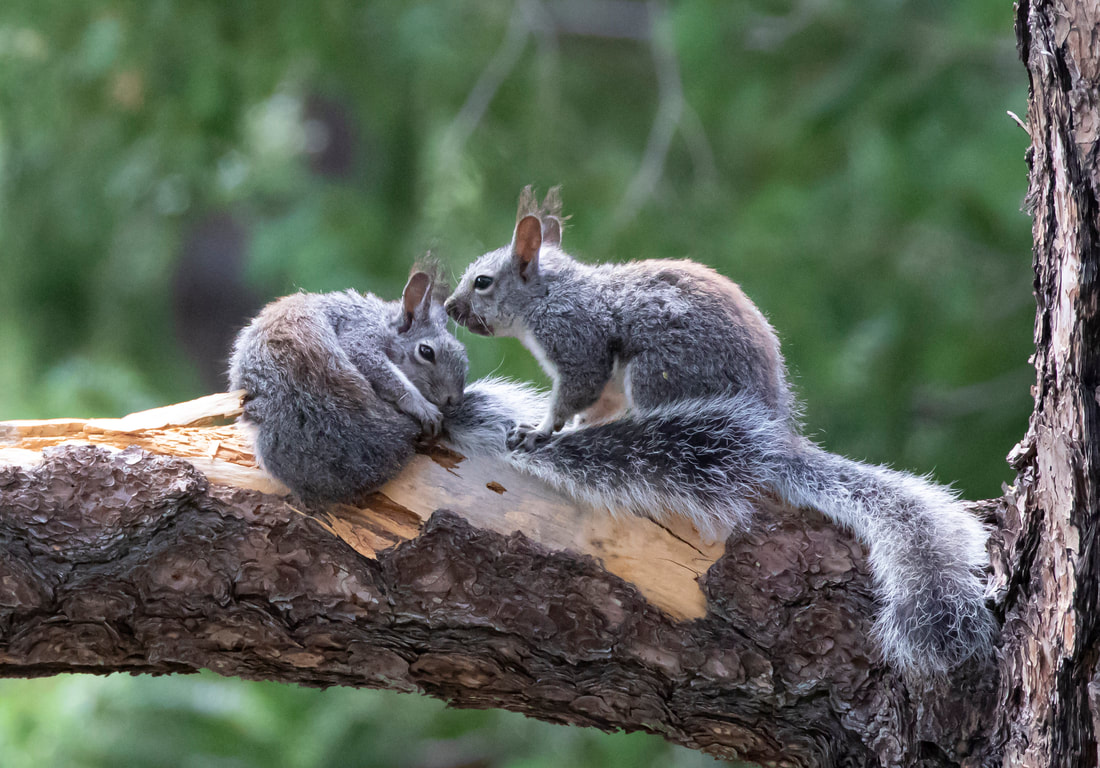
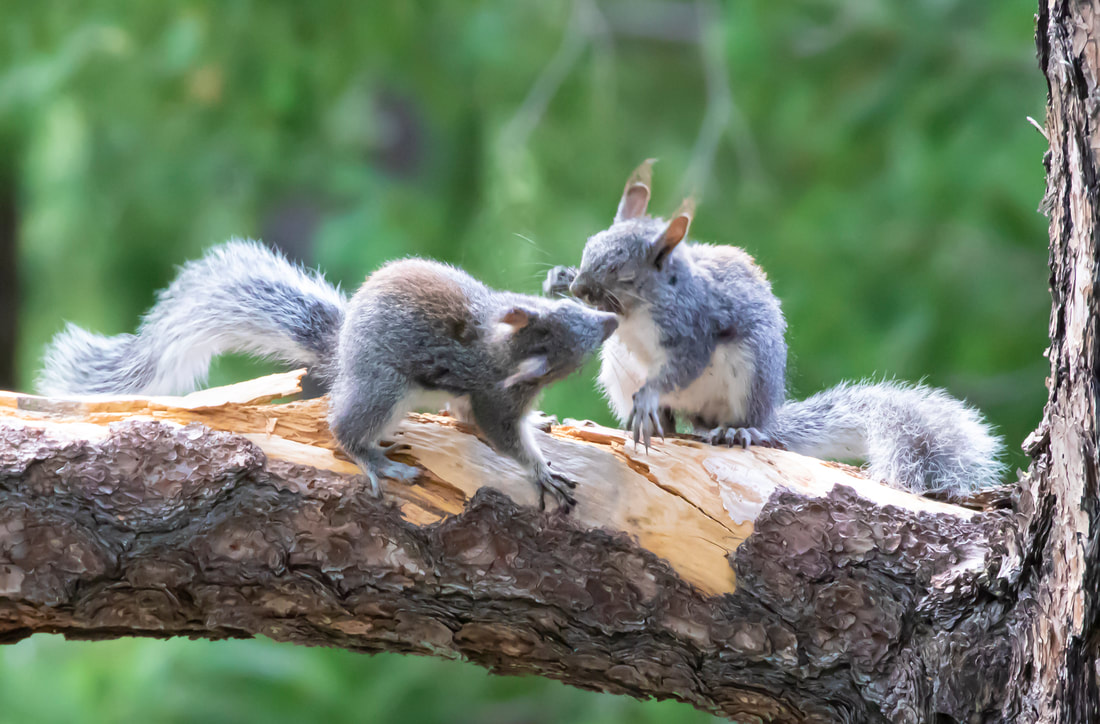
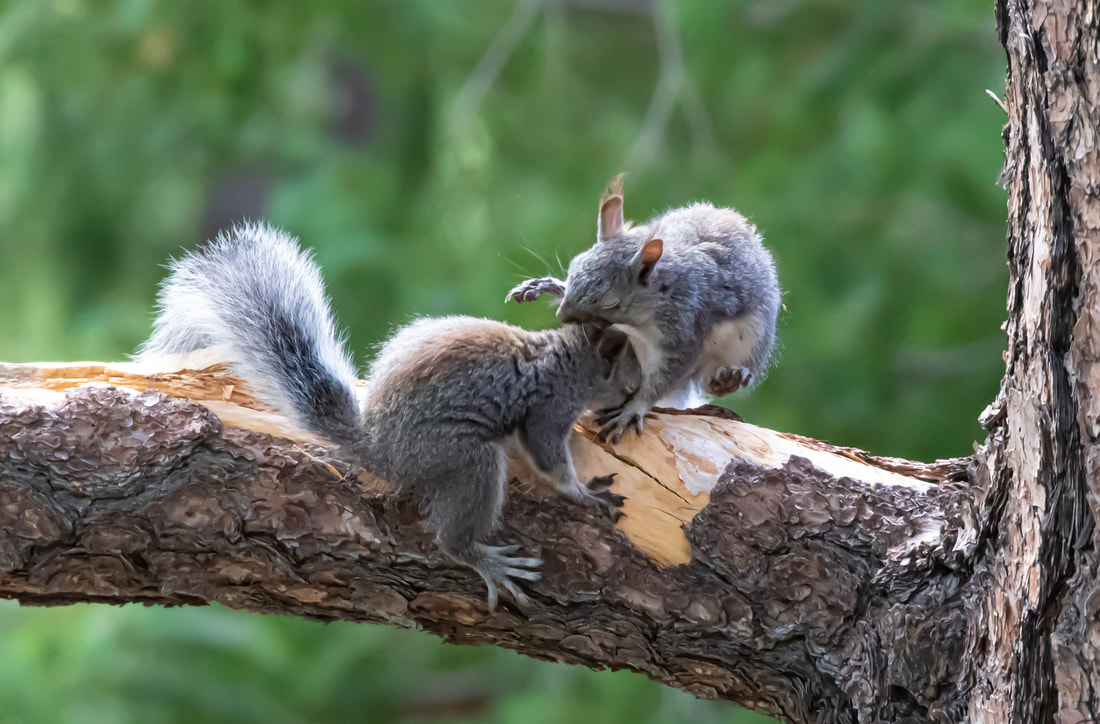
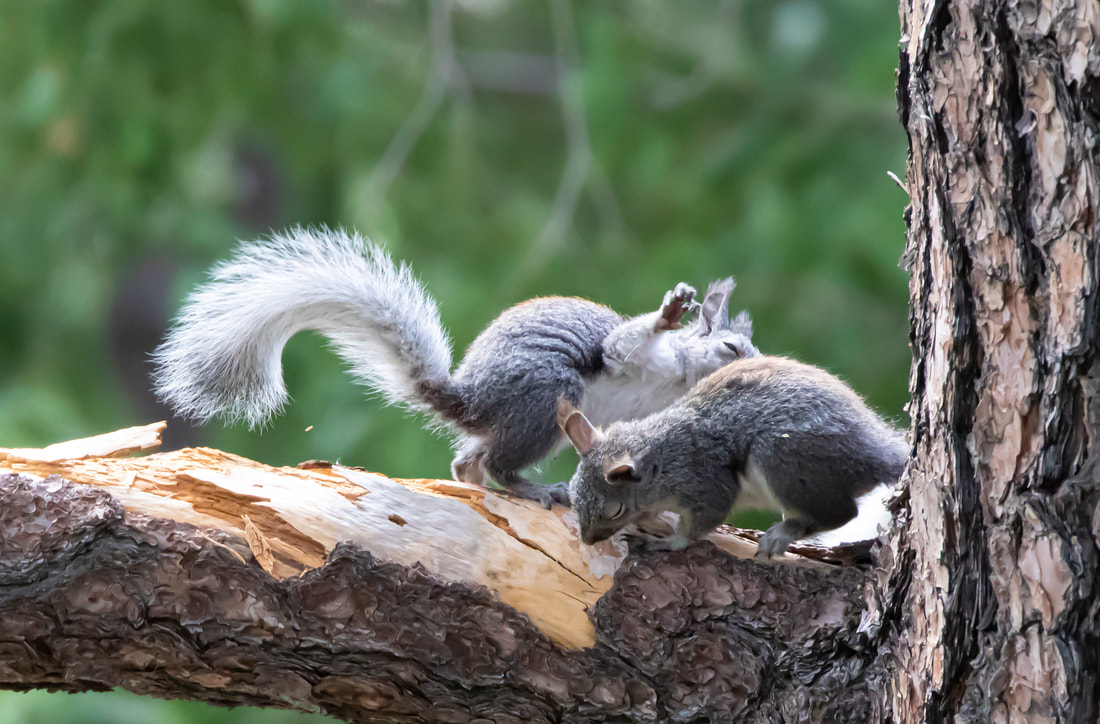
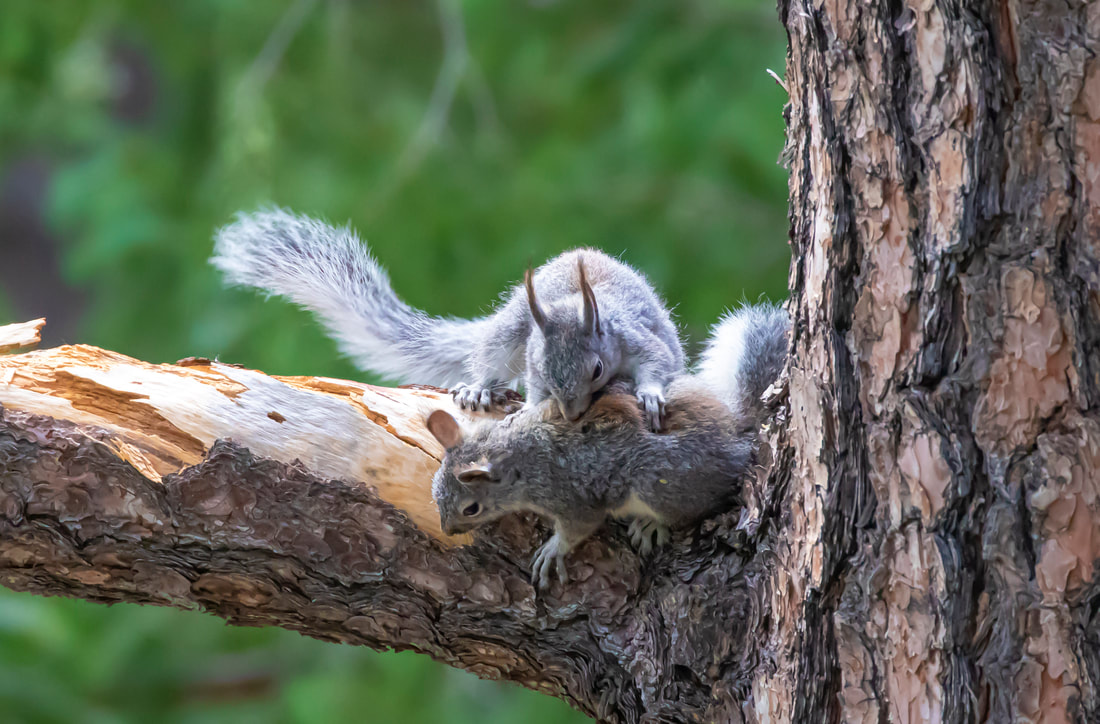
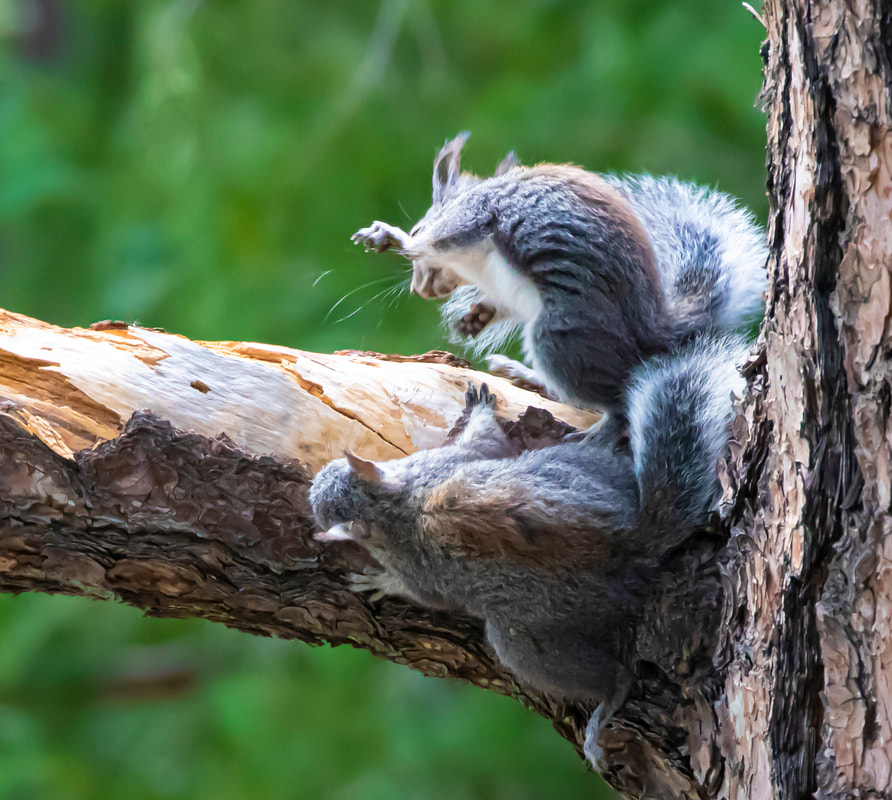
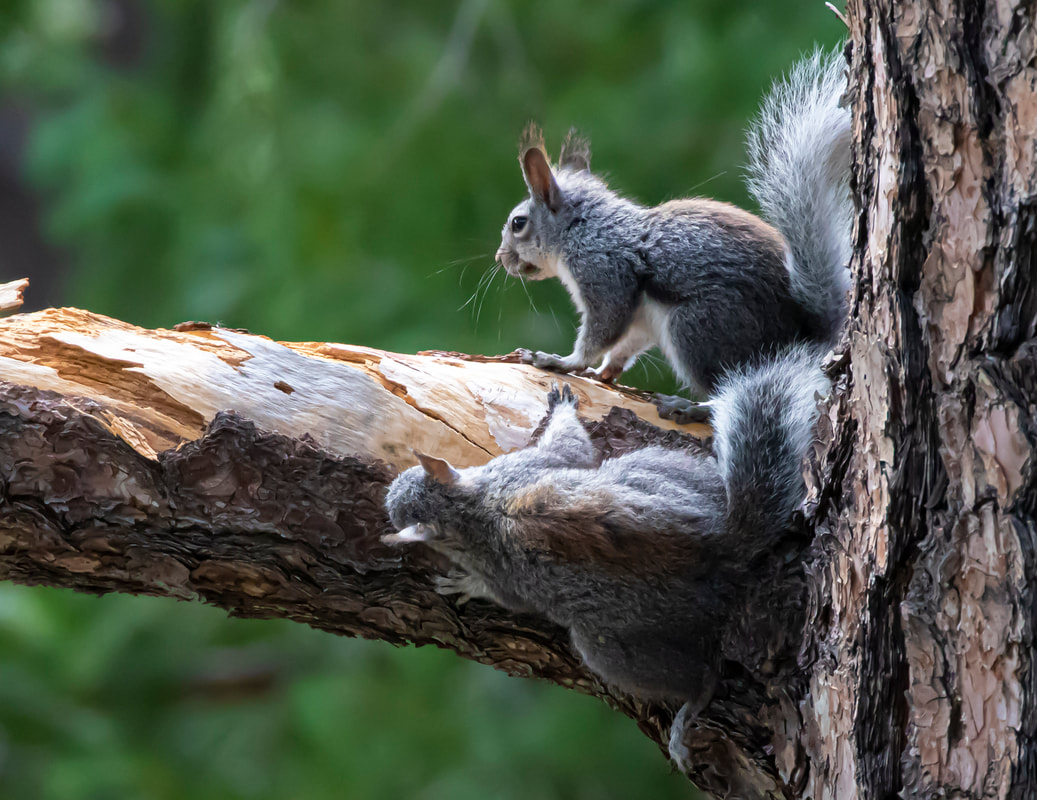
 RSS Feed
RSS Feed